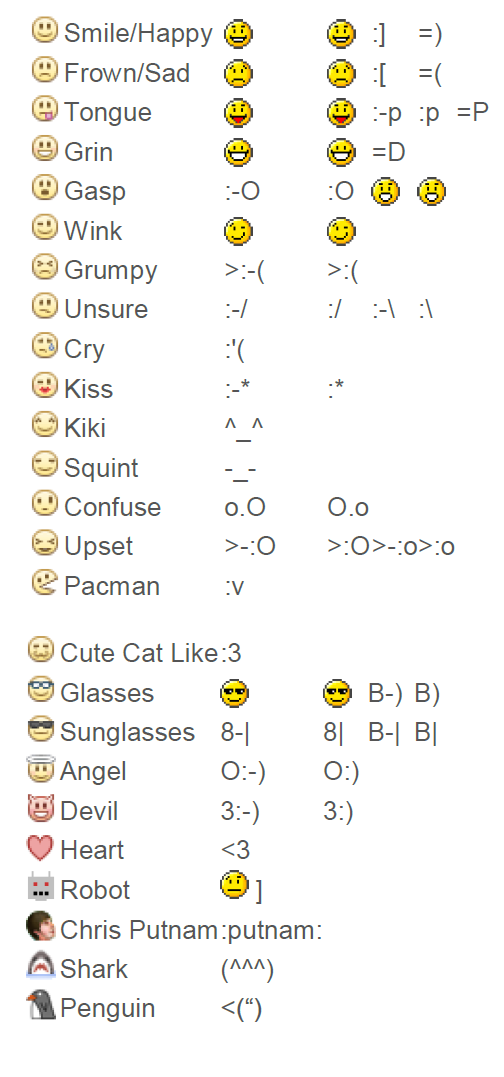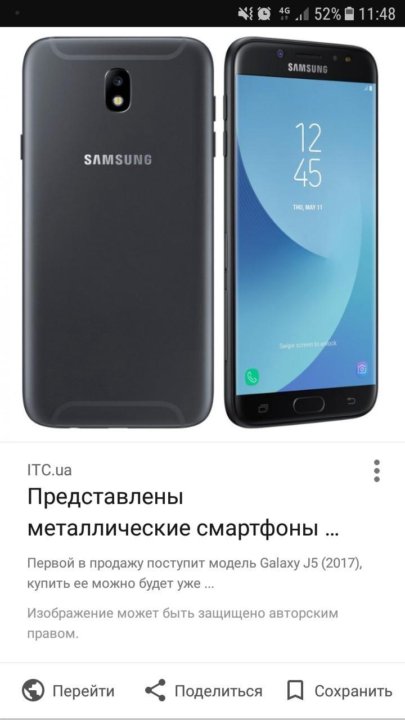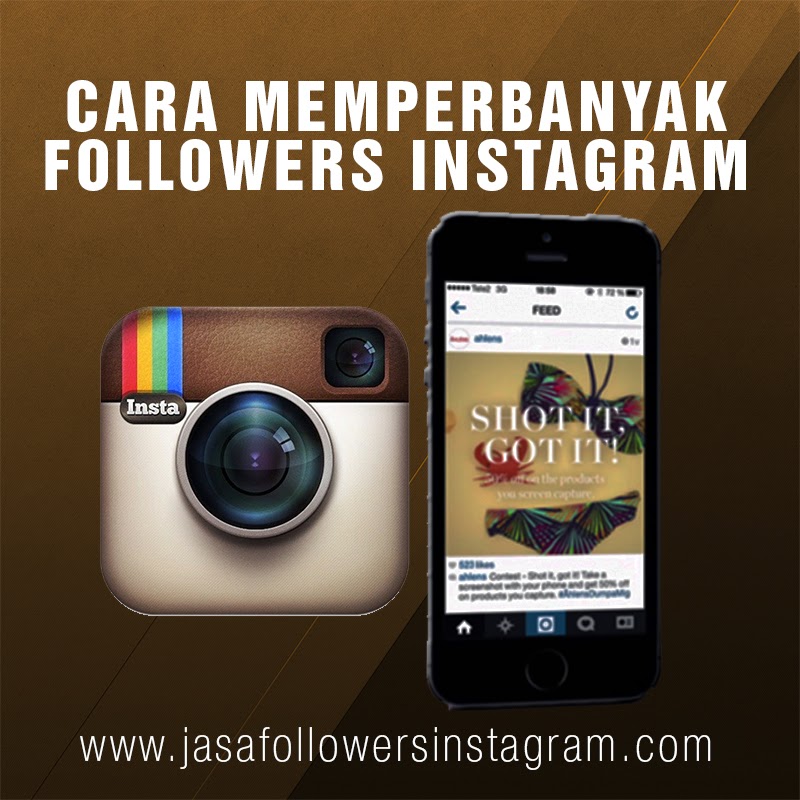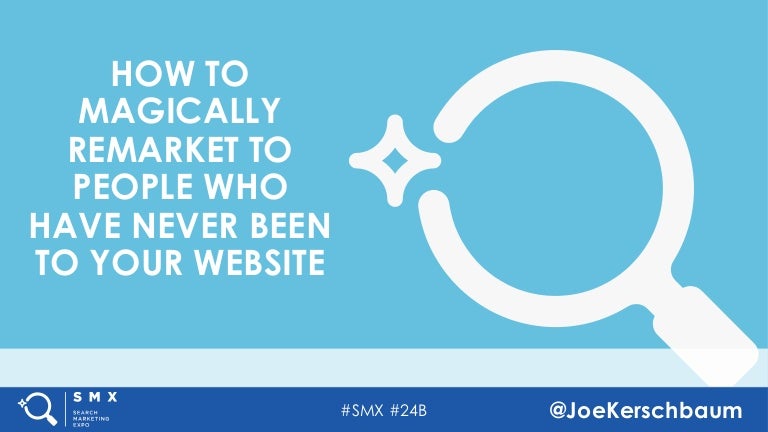How has instagram changed over time
How Has Instagram Evolved Over the Past Ten Years?
Last week marked Instagram’s tenth birthday. Over the past decade, the app has evolved from a photo-sharing service to the world’s sixth most popular social media platform, with over one billion active users, and the birthplace of hundreds of cultural trends.
Instagram’s expansion beyond photo-sharing
Founded in 2010 by Kevin Systrom and Mike Kriege, the app quickly emerged as a genuine contender to Facebook’s domination of the social media space and few were surprised when Mark Zuckerberg’s business purchased Instagram for $1 billion just two years after its launch.
Since this sale, Instagram has increasingly expanded beyond simple image sharing in its pursuit to become a one-stop-shop for any social media users’ needs and to counter emerging competitor apps. Instagram Stories launched in 2016 at a time when Snapchat was taking the social media space by storm. IGTV followed in 2018, and more recently, the app launched Reels, a long-awaited video-sharing feature labelled a “clone” of TikTok.
As well as countering competitor USPs, the introduction of Stories, IGTV, and Reels created more advertising opportunities for brands. And now, in 2020, it’s no exaggeration to say that Instagram is a hub of social commerce, with the app generating $20 billion in ad revenue in 2019.
With such a variety of advertising options, it’s unsurprising that TAKUMI’s recent whitepaper – which surveyed 3,500 marketers, influencers, and consumers across the UK, US and Germany – found that Instagram is marketers’ second favourite channel for influencer collaborations in the next 12 months. Over half of marketers (55%) preferred Instagram, slightly less than YouTube (58%), but significantly more than TikTok (35%), TV advertising (29%), and OOH (20%).
Similarly, nearly a fifth of marketers (18%) believe Instagram is the best marketing channel for ROI on influencer campaigns, higher than YouTube (18%), TV advertising (10%), and TikTok (6%).
Launching Instagram Stories, IGTV, and Reels not only attracted influencers from Snapchat, YouTube, and TikTok to the app but also attracted more users.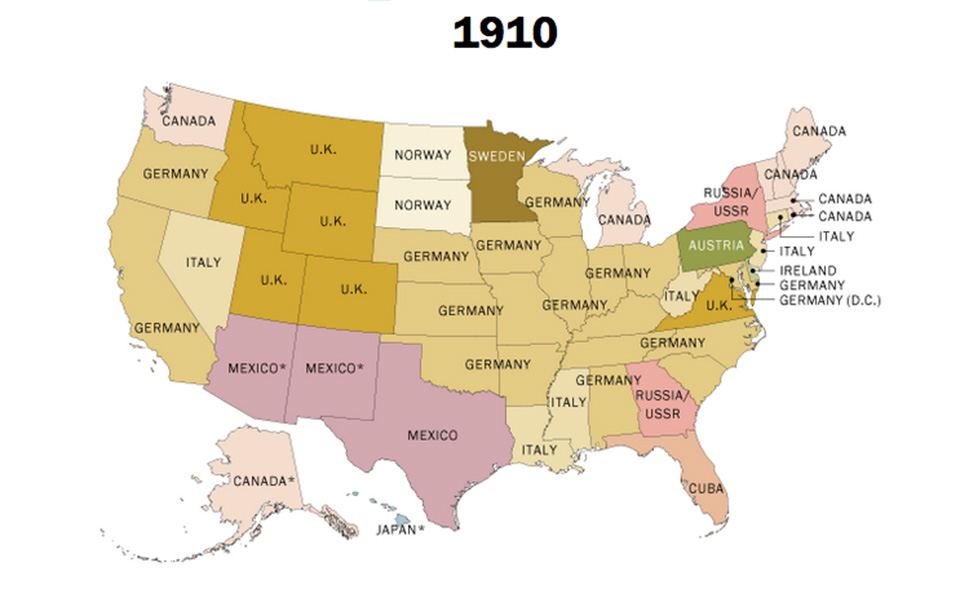 Among consumers, Instagram (37%) was ranked as the second most common channel to engage with influencers, following Pinterest (17%) and Snapchat (15%).
Among consumers, Instagram (37%) was ranked as the second most common channel to engage with influencers, following Pinterest (17%) and Snapchat (15%).
As well driving consumer engagement, Instagram is also a proven as a platform that generates conversions, with 11% ranking it as the advertising channel most likely to lead to a purchase. This figure rose dramatically among younger consumers to a quarter (25%) of 16-24-year-olds.
Championing creativity
However, users’ engagement with Instagram isn’t purely down to the introduction of Stories, IGTV, and Reels. The content itself has also diversified since the app’s inception, attracting a wider variety of consumers.
Back in 2010, the app was initially set-up as a photo-sharing platform with the first image being a stray dog papped by Kevin Systrom. Since then, the content has spread to include photos of cats as well as dogs, and food, landmarks, fashion, and more or less anything you could imagine.
Underpinning the majority of this content is a theme that Instagram has championed over the last ten years: creativity.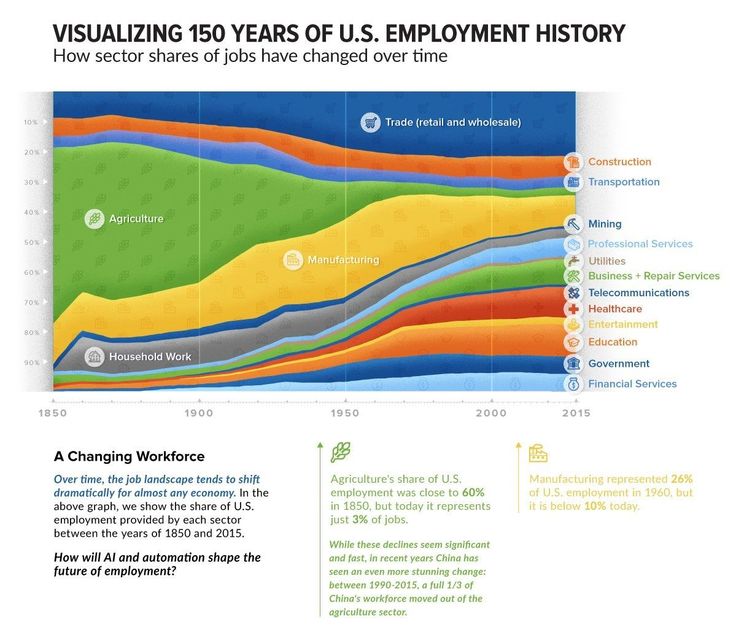 In her 2019 book, Hashtag Authentic: Finding Creativity and Building a Community on Instagram and Beyond, UK Instagram Expert & Creative Business Coach, Sara Tasker claimed that Instagram has given the world license to be more creative, “from the mum who feels like it gives her permission to photograph her art, to the hotels, bars, and restaurants spending big budgets on click-appealing interiors and super-shareable spots”.
In her 2019 book, Hashtag Authentic: Finding Creativity and Building a Community on Instagram and Beyond, UK Instagram Expert & Creative Business Coach, Sara Tasker claimed that Instagram has given the world license to be more creative, “from the mum who feels like it gives her permission to photograph her art, to the hotels, bars, and restaurants spending big budgets on click-appealing interiors and super-shareable spots”.
Consumers agree with Tasker’s assessment, with nearly a fifth (19%) of those aged 25-34-years-old believing that Instagram is more creative than both YouTube and TikTok.
The rise of political content on Instagram
However, it would be narrowminded to say that all the content on Instagram is purely focused on being creative. In recent months, we’ve seen the app become a hub for political content, with its ability to connect activists from around the world highlighted during this summer’s Black Lives Matter protests.
There is a growing interest among consumers for this type of content, with nearly half of all social media users (41%) saying they want influencers to voice an opinion on political, social, and ethical issues.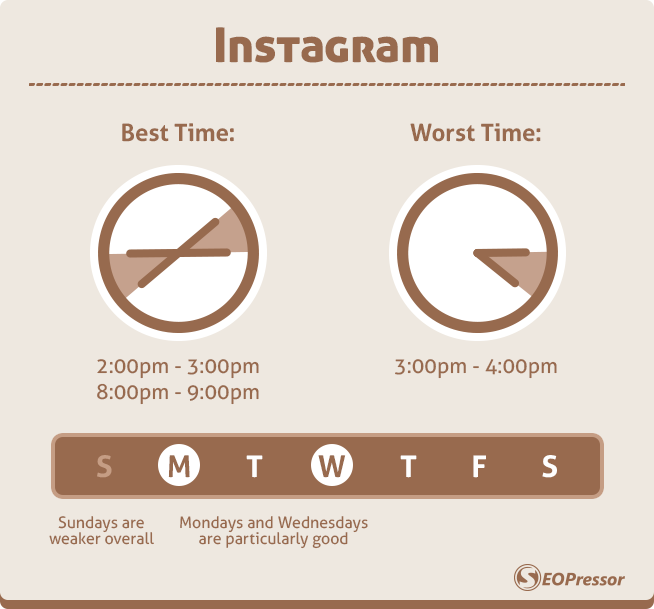 Similarly, over a third (39%) said social media influencers have a greater influence on them if they promote a social conscience or strong ethical stance.
Similarly, over a third (39%) said social media influencers have a greater influence on them if they promote a social conscience or strong ethical stance.
Despite this, brands are cautious about working with politically active content creators, with over half (55%) saying they would be anxious about using an influencer who is vocal about social and political issues in a campaign.
Although marketers’ caution is understandable, they must recognise that Instagram has transformed beyond photo-sharing. And as it undoubtedly continues to develop in the future, they will need to evolve their marketing content into the new areas of society it now incorporates.
Its diverse audience and various advertising channels such as Reels and IGTV, make Instagram an indispensable tool for marketers. It’s been at the heart of hundreds of cultural moments over the past decade, and it shows no signs of slowing down, with Instagram passing the billion-user mark in 2018. It’s difficult to say what trends will emerge in the next ten years on social media, but one thing is for sure: Instagram will be at the heart of it.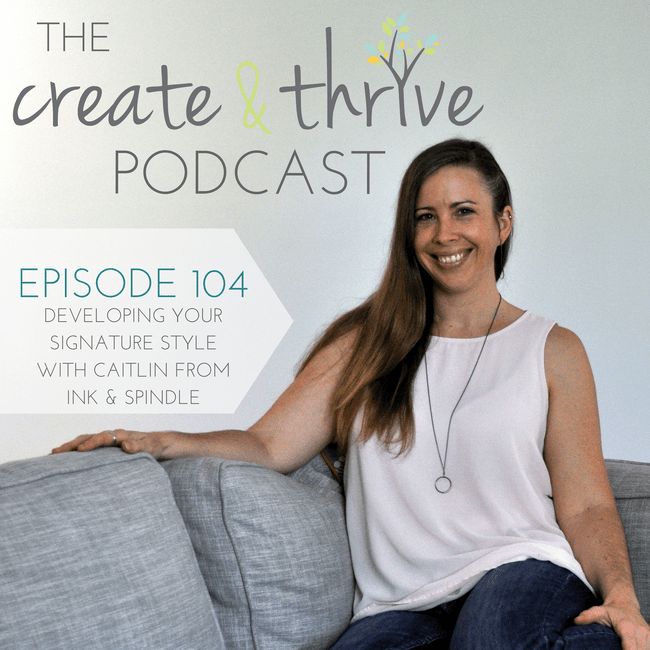
Share this post
The link has been copied!
Instagram is turning 10: Here's how it's changed over a decade
The app that would go on to colonise most of social media space and become so popular it would shape the world around us — the design of museums and cafes, the arrangement of food on plates, the places people go — was released on the App Store without fanfare 10 years ago, on October 6.
Ten-thousand people downloaded it in a few hours. Ten million did so in the following year. It now has a one billion users.
For a brief history of this sprawling phenomenon, we have to focus on the big picture — the broad trends that define its first decade. There's the story of Instagram largely replacing the blogging platforms that were so popular through the noughties. There's the story of young people innovating on the platform, and creating a new kind of online personality: influencer.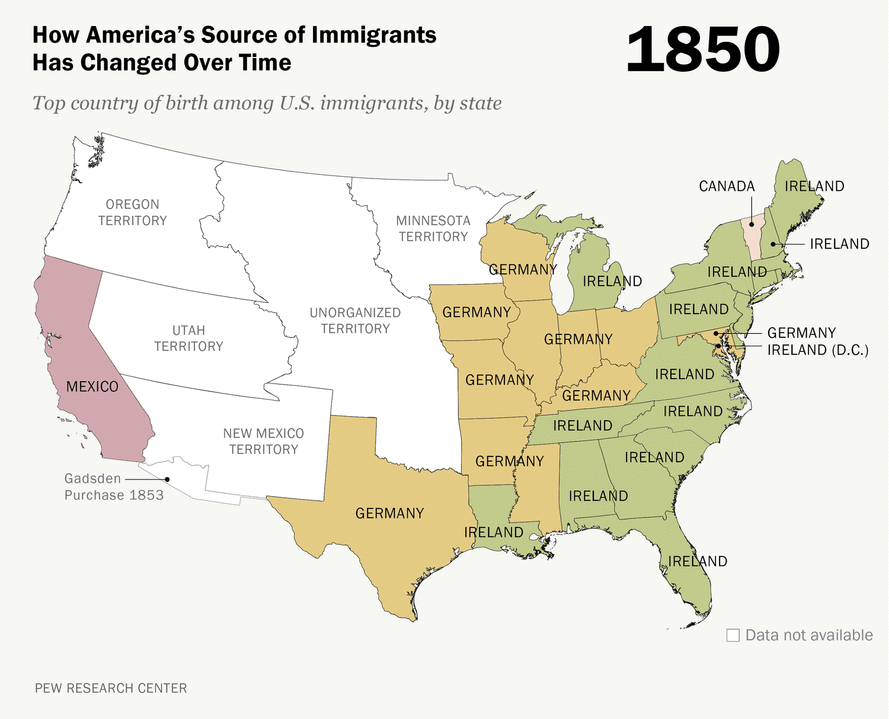 There's the back-and-forth pendulum shift between two broad visual aesthetics — polished perfection and 'authenticity'. There's the corporate tale of Instagram gobbling up rivals through copying what had made them popular.
There's the back-and-forth pendulum shift between two broad visual aesthetics — polished perfection and 'authenticity'. There's the corporate tale of Instagram gobbling up rivals through copying what had made them popular.
There's the sheer, astonishing fact that 10 years ago there was no Instagram. No selfies. No influencers (as we know them now). No hashtags on menus. It's all happened so quickly.
It began with a bad photo. This was the first of more than 50 billion photos to be uploaded — posted by the co-founder, Mike Krieger, from a San Francisco office:
Loading
Ten years on, the app has filled every corner of our world. We're probably too close to what's happening to see how weird that will appear from the perspective of history. Dr Crystal Abidin, a digital anthropologist at Curtin University and co-author of one of the first academic books to focus on the platform — Instagram: Visual Social Media Cultures — calls this "the Instagram of everything".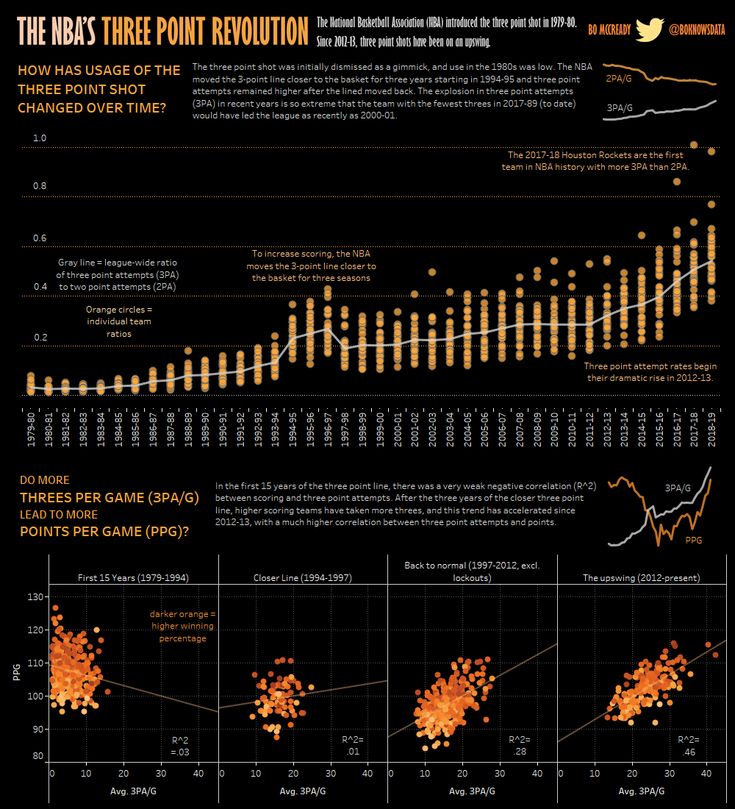
In fact, it's even changing that world — adding angel wings to restaurant feature walls, or sending thousands of tourists to remote 'Instagram hotspots'. The future will see a shift from "the Instagram of everything, to the everything of Instagram", Dr Abidin said.
"You see landscapes, physical places, people, changing and altering themselves to be Instagrammable — to register a tinkle of attention," she said.
"We see this through cafes that have feature walls, we see this in tourist campaigns that focus on Instagramability, and perhaps more dreadfully we see this in body image issues and what it means to be Instagram-perfect."
The early years — taking over the blogs
It was popular from the start, but there was nothing preordained about its rise. Back then, people shared their photos on platforms like Flickr or Facebook, and added filters through another app, like Hipstamatic. Instagram did both. It was not very innovative or high-tech.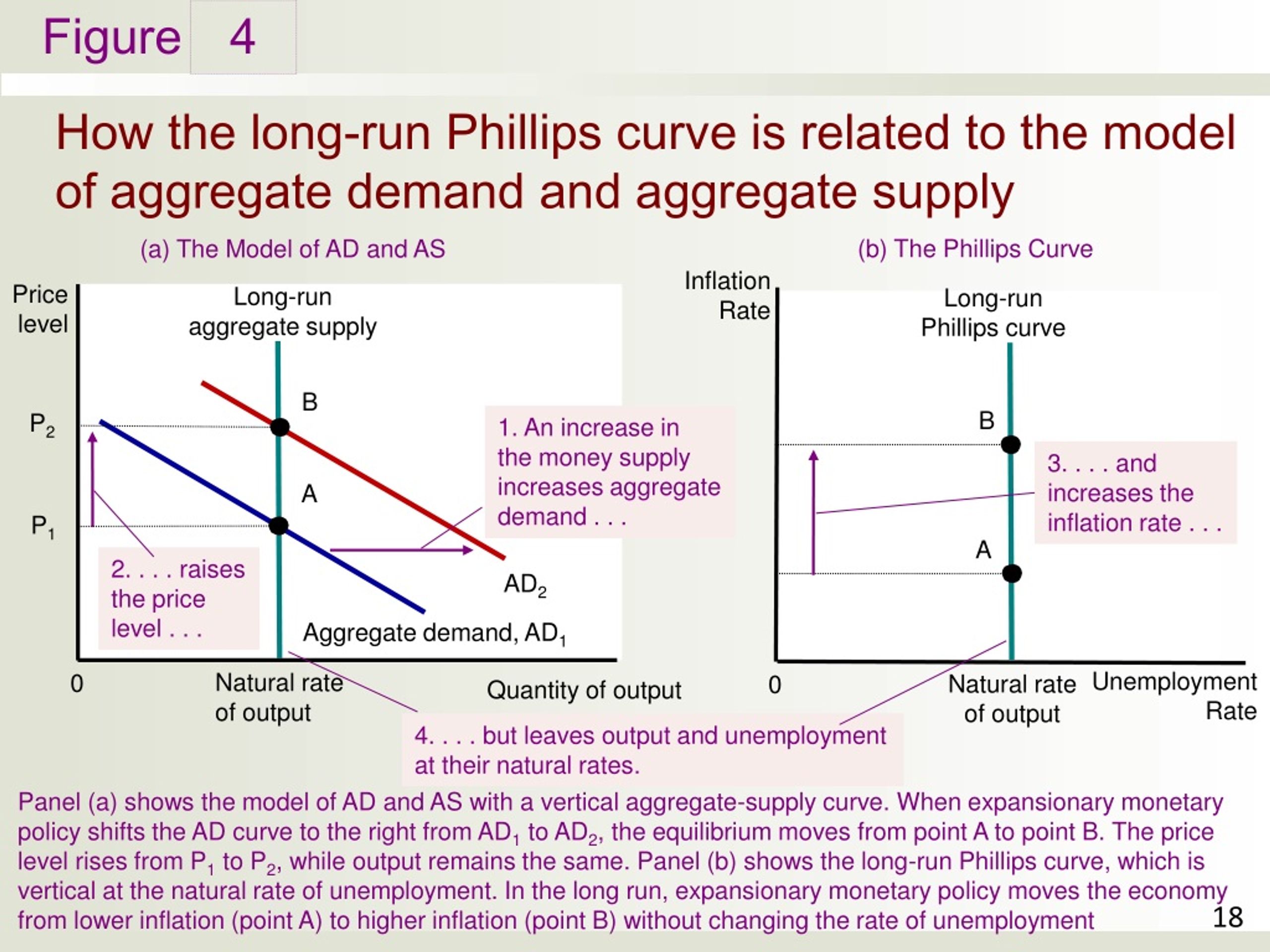 Phone camera photos were poor quality, and the filters helped cover that up. Internet connections were dodgy, but the app shrunk the file sizes, which made it a reliable way to upload on the run.
Phone camera photos were poor quality, and the filters helped cover that up. Internet connections were dodgy, but the app shrunk the file sizes, which made it a reliable way to upload on the run.
A lot of people were betting other apps would be more popular, said Dr Tama Leaver, also at Curtin University and a co-author of the Instagram book.
"Instagram was by no means a sure thing at the beginning," he said.
"But it's been very good at making popular things that probably already existed elsewhere."
These days, when a single post can occupy a marketing department, and an up-and-coming band may obsess about its visual aesthetic, it's easy to forget how generally unsophisticated Instagram use was back then. That was actually the whole idea. iPhone users posted 'raw' and 'authentic' polaroid-style snaps documenting small, everyday moments. The app wasn't even available on Android until 2012.
Here's Justin Bieber's first post, complaining about traffic in Los Angeles:
Loading
"From as early as 2011, we already witnessed the beginnings of the commercialisation of Instagram," Dr Abidin said.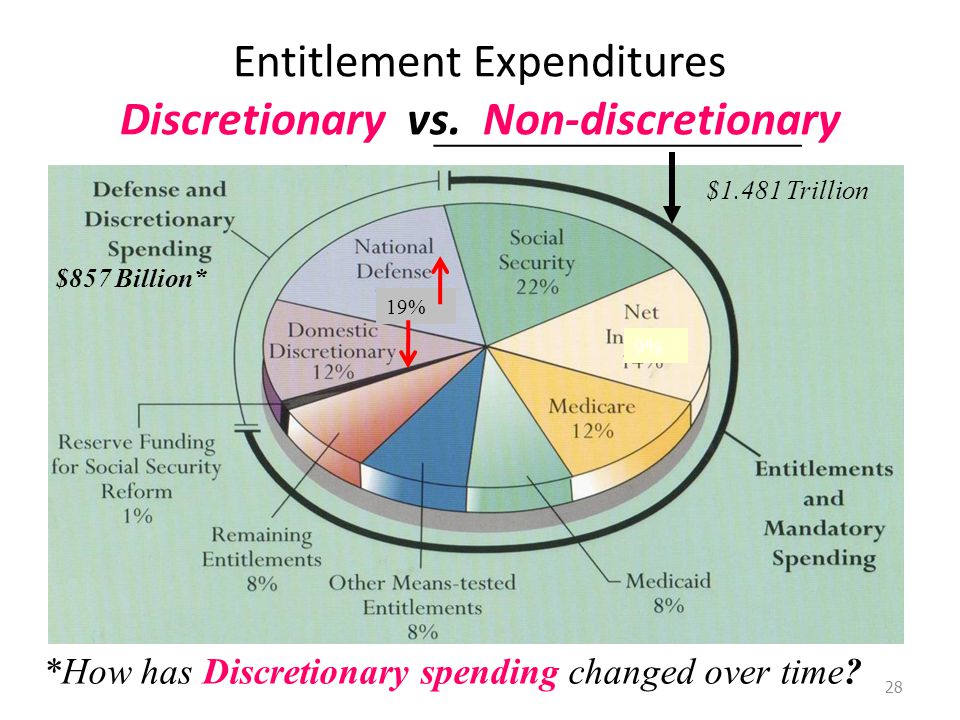
"Influencers at that time, who were called bloggers, who were already making money off their blogs, simply transferred that commerce onto Instagram."
Remember bloggers? In 2010, bloggers were big. There was something called the 'blogosphere'. Within a few years, this hoard of long-form narrative posts had been supplanted by Instagram, which had the advantage of being a central platform. Influencer product-selfies replaced the long written review.
Eventually, Instagram relaxed the limit on captions, so that the app effectively became a blogging platform of its own.
Instagram would go on to repeat this trick of copying from its rivals. Stories (added 2016) took the idea of ephemeral media from Snapchat, IGTV (2018) borrowed from YouTube, and Reels (2020) from TikTok.
"Over the years, all of these other competing interfaces with different formats all get subsumed under Instagram, with different features available," Dr Abidin said.
The middle years — the invention of 'calibrated amateurism'
By the mid 2010s, Instagram was surging, but the ubiquity of the signature 'Instagram look' was creating problems.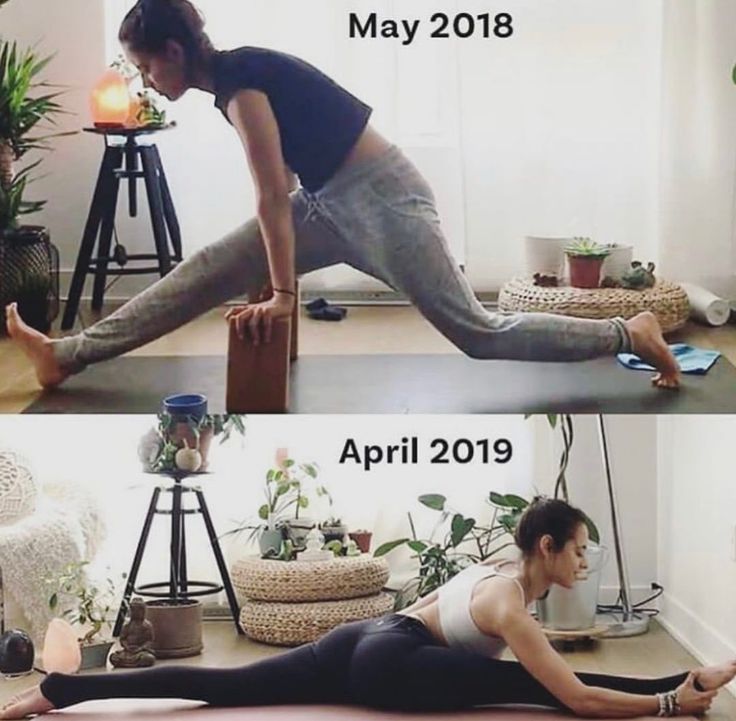 How do you be unique and 'authentic' when 500 million users are posting photos that look much the same? Popular types of shots (like the aerial brunch pic) were being copied to the point of cliche.
How do you be unique and 'authentic' when 500 million users are posting photos that look much the same? Popular types of shots (like the aerial brunch pic) were being copied to the point of cliche.
This fakery became obvious around the midpoint of the decade, said Dr Tim Highfield from University of Sheffield.
"About four years ago you started seeing the rise of spaces designed for Instagram, things like the Museum of Ice Cream in the US — spaces where everything is designed so that it will look good on Instagram," he said.
"It's appealing to a lot of those aesthetics that had already become cliche at that point."
Loading
Instagram was almost done in by its own popularity, said Dr Leaver.
"The main feed was getting so polished that people felt that they actually couldn't contribute to it because their stuff wasn't good enough," he said.
The pendulum that had swung away from raw, candid photos and toward perfect, polished ones, now began its journey back.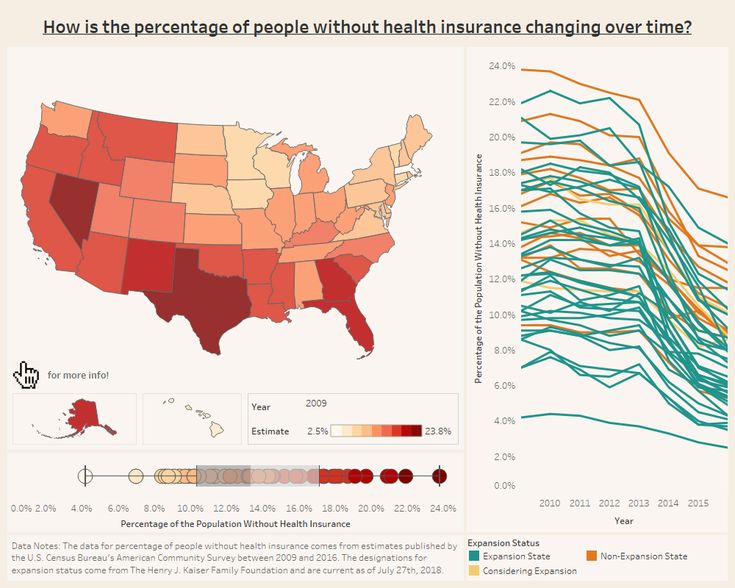
Or at least that was the idea — in practice, content could be as curated as before, but should look less so. This was "calibrated amateurism" — carefully contrived authenticity portraying the raw aesthetic of an amateur. Finstagrams became a thing — secondary profiles where users posted #nofilter photos. Influencers posted on Snapchat and Youtube 'behind the scenes' footage of their day-long photo shoots.
These sneak-peaks were meant to show faults and imperfections, and make the user more relatable, Dr Abidin said.
"It was to remind people that even if they are rolling in millions of dollars, they first started out as ordinary people who are just like us," she said.
"That created a little bit of that 'girl-next-door' grassroots aesthetic that we used to have in the days of blogs."
But it also had the effect of showing how generally fake the Instagram main feed was.
Loading
The platform responded by introducing Stories and then IGTV so that this "calibrated amateurism" could take place on the app itself.
"Stories meant that you didn't need to leave, or have multiple accounts, it just gave you different spaces," Dr Leaver said.
"Those different spaces inside the one app allows Instagram to still feel authentic, even if that authenticity is sometimes performed rather than real."
The present and beyond — making the money
When Facebook purchased Instagram in 2012, this relatively new app with millions of users had no business model — no way of making money. It didn't yet sell ad space. Influencers were making money, but not the app.
Over the last eight years, this has changed. Instagram's independence from Facebook has been gradually whittled away, to the point that the founders, Kevin Systrom and Mike Krieger, resigned in 2018 in protest.
"The founders fought really hard to keep Instagram a separate entity," Dr Leaver said.
"But in the last two years Instagram has stopped trying to pretend it's not really Facebook."
One consequence is that Instagram has quietly become a shopfront, like eBay or Amazon.![]() In 2019, it introduced the in-app checkout, allowing users to buy a product without leaving the app, and giving the platform a little slice of the purchase price. With the pandemic, this shift to e-commerce has accelerated.
In 2019, it introduced the in-app checkout, allowing users to buy a product without leaving the app, and giving the platform a little slice of the purchase price. With the pandemic, this shift to e-commerce has accelerated.
This could be great for Instagram's money-making, but maybe not for content — the platform risks becoming an endless online mall where the consumers are also the sellers.
"A critique of Instagram would be that it's capitalism's wet dream," Dr Leaver said.
"If every person on Instagram sees themselves as a promo brand, then they behave like the ideal consumer and the ideal user of the platform. I think a lot of people find that repellent."
Loading
The flip-side of a hyper-visual social media world has proved to be conformity and cliche — a series of bland images promoting products. The first 10 years of Instagram shows the platform battling this trend through adding new functions. The other lesson of these years is that the app isn't always used the way its makers intend.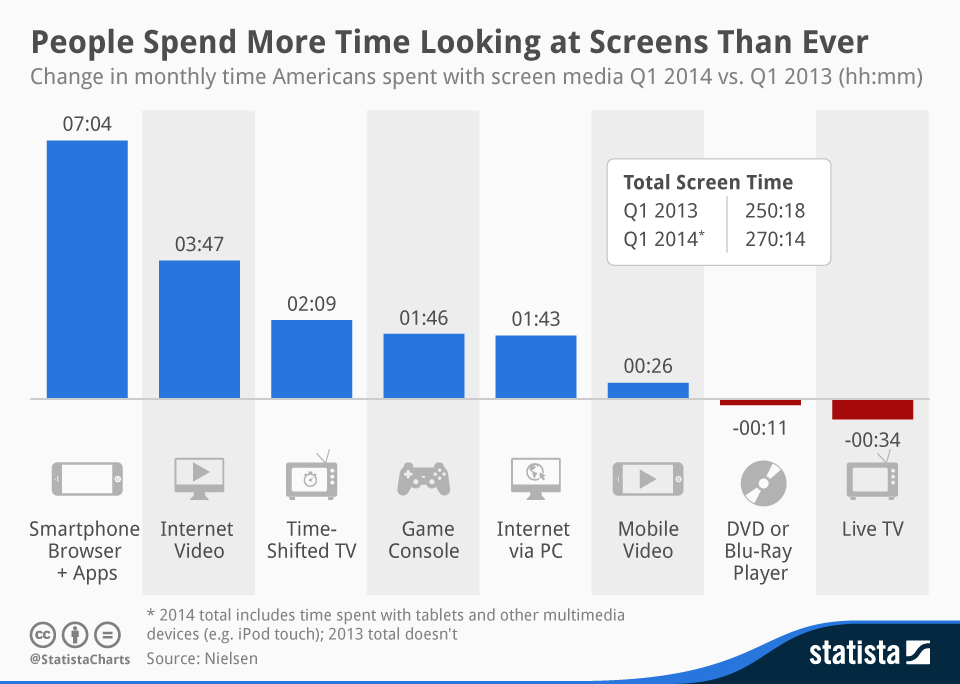 Often it's the users who push it in new directions. In the last year, Instagram has been increasingly used for protest and political organising — roles that might usually be filled by Facebook or Twitter. Posts on topics like Black Lives Matter have been widely shared in 2020.
Often it's the users who push it in new directions. In the last year, Instagram has been increasingly used for protest and political organising — roles that might usually be filled by Facebook or Twitter. Posts on topics like Black Lives Matter have been widely shared in 2020.
"We've seen this is something that has come through in the last year, particularly the rise of these aesthetically appealing how-to guides and information sheets and infographics and things that aren't photos in the slightest," Dr Highfield said.
"There's a shift away from it just being a space for sharing your personal photos and it's this kind of multi-layered repository now of the different ways of visually representing and responding to events and experiences.
"This is being done in ways that would have been very much not what the original developers thought about."
Like with Facebook, as the platform grows it is encountering new problems with disinformation, moderating, and the responsibilities of governance. Dr Leaver predicts the platform will become more intertwined with our world — no longer just an app but an essential service, like water or power. This is the shift from "the Instagram of everything to the everything of Instagram."
Dr Leaver predicts the platform will become more intertwined with our world — no longer just an app but an essential service, like water or power. This is the shift from "the Instagram of everything to the everything of Instagram."
"It's the logical endpoint of having a hyper-visual social media world," he said.
"These spaces, which might be museums, art galleries, restaurants, cafes, university campuses, public libraries, are all being designed with that aesthetic, that idea of Instagrammability built into the fabric of space.
"It's baked into the fabric of architecture, it's the way that light moves in a particular space, it's the perfect place to stand to get a halo effect."
from creation to the deal with Facebook and the departure of the founders Instagram Story”, which will be released at the end of April by the Bombora publishing house.
13436 views
I read “No filter” in a couple of evenings. The book is full of details on how Kevin Systrom went about creating Instagram.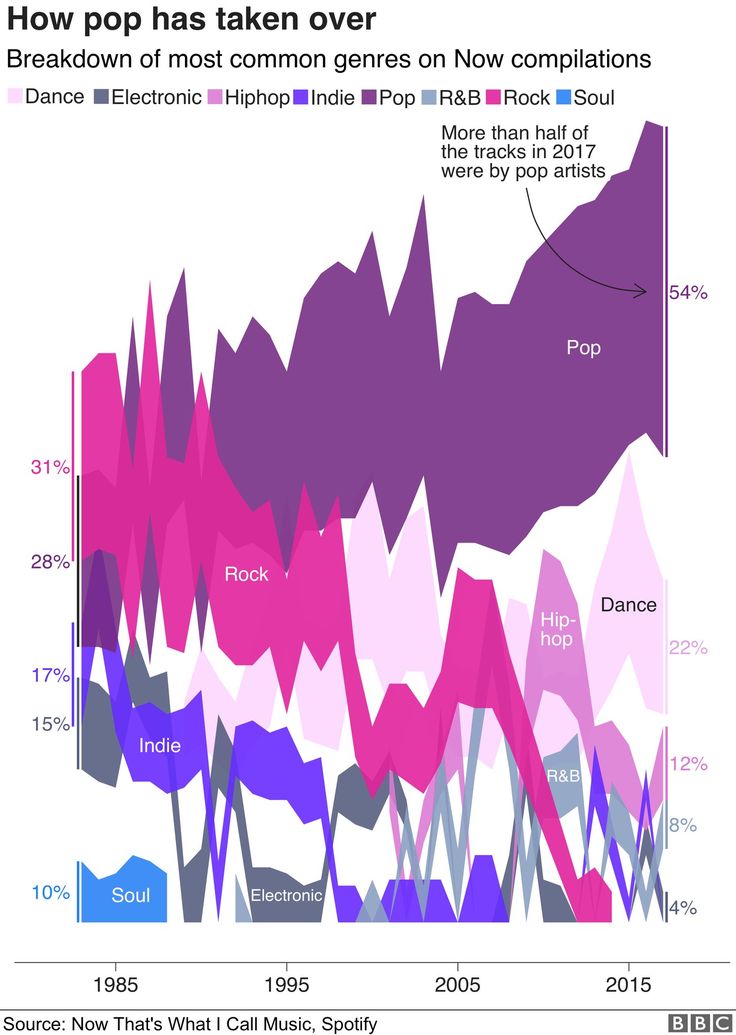 It is almost impossible to break away from this story.
It is almost impossible to break away from this story.
A must read for anyone interested in the dramatic story of Instagram's birth, Zuckerberg's strategy, and the reasons behind Facebook's global dominance today. The book carefully describes the search for points of growth for the social network, competition with Twitter, Snapchat, the internal conflicts of the founder of Instagram, until the last moment he is not ready to compromise.
If you don't like Zuckerberg, this book will reinforce your suspicions about his morals. Sarah Fryer shows just how powerful Facebook is and how naive the authorities were in approving Facebook's deal with Instagram. It was interesting to see the difference between the cultures of Facebook and Instagram and how, over time, differences in approach and culture led Systrom to leave the company.
Most of the book is devoted to the phenomenon of influencers. How they were so successful at what they did. Instagram has stimulated the emergence of new personal brands and businesses associated with them.
- Instagram founder Kevin Systrom met Zuckerberg, Dorsey and created the first version of the social network.
- Raising the first investment in Instagram.
- What caused the growth of Instagram.
- Twitter attempts to buy Instagram and deal with Facebook.
- How did the deal between Instagram and Facebook.
- Facebook's attempt to buy Snapchat, post-deal changes to Instagram and Instagram Stories.
- How Facebook tried to stop the growth of Instagram.
- What cultural heritage has Instagram shaped.
Acquaintance with Zuckerberg, Dorsey and the creation of the first version of the social network
Kevin Systrom and Mark Zuckerberg met long before Instagram, in 2005. At that time, Mark was working on TheFacebook.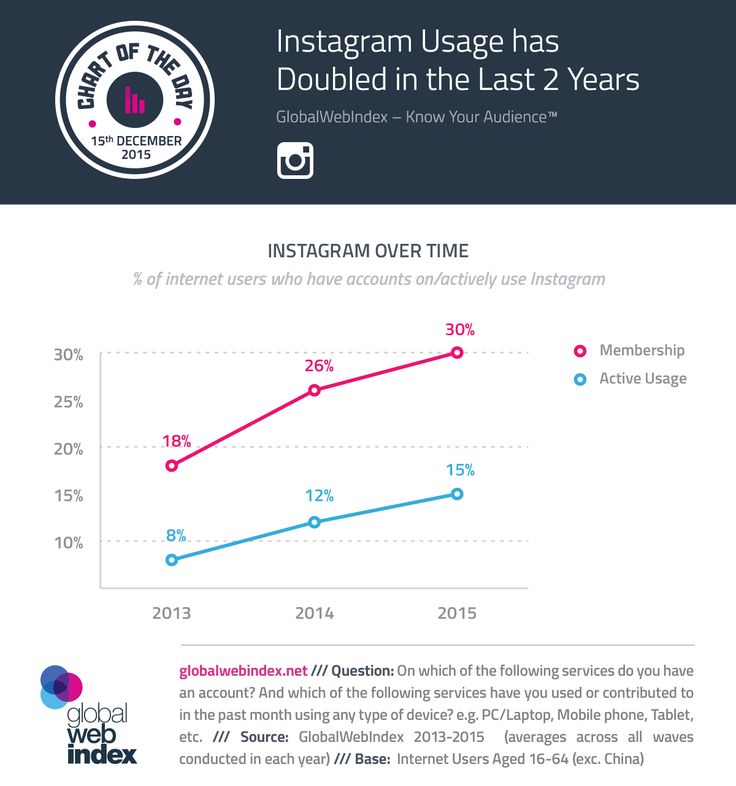 com project, and Systrom had already created the Photobox website, which allowed users to upload large image files.
com project, and Systrom had already created the Photobox website, which allowed users to upload large image files.
vc.ru was originally, in 2010, hosted on the facebookru.com domain - as a light Zuckerberg troll from the creator of the project Andrey Zagoruiko. The publication was then called “Zuckerberg will call”, hinting, among other things, at the fact that sooner or later the Facebook service will pay attention to the pirated domain.
“Zuckerberg called” in 2012, and the domain had to be changed first to siliconrus.com, and then, on September 2, 2015, finally to the prestigious vc.ru, which the project got from investor Lev Leviev.
And, perhaps (the following is the opinion of the author, not confirmed by facts), how the domain of the founder of Vkontakte, vc.ru, was bought in addition to the vk.com domain.
Zuckerberg recruited people for his project. Over a glass of beer, he tried to convince Kevin that Facebook would be a successful business, and invited him to help develop a feature for uploading photos to the social network. Systrom refused the offer.
Systrom refused the offer.
In the same year, Kevin wanted to get an internship at an IT company. After reading an article in The New York Times about the online audio trend and the Odeo podcast marketplace mentioned in the article, Systrom decided to get a job there. At random, he sent a letter to the CEO of the company, Evan Williams, who was then famous for selling Google's blogging platform Blogger.
Systrom got an internship and worked under young engineer Jack Dorsey, future co-founder of Twitter and payment service Square.
During his senior year at Stanford, after completing his internship, Systrom worked part-time at Caffé del Doge on University Avenue in Palo Alto. One day, Zuckerberg walked into a cafe and was surprised to find a student he was trying to lure to work. That rejection was unfortunate. Zuckerberg awkwardly ordered and moved on.
After graduating from Stanford in 2006, Systrom got a job at Google, where he earned $60,000 a year. Quite quickly, he ended up in the M&A department, but it turned out that there were no transactions after the 2008 crisis.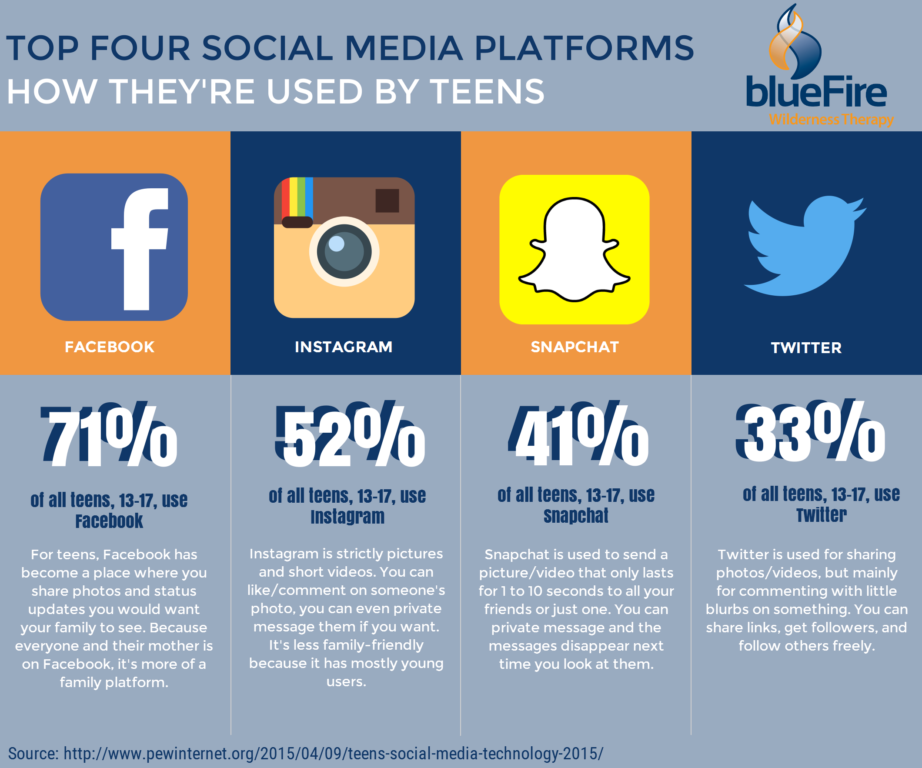 Systrom got bored and left Google. Later, he took a job as a product manager at a small startup called Nextstop, which made a site for travelers.
Systrom got bored and left Google. Later, he took a job as a product manager at a small startup called Nextstop, which made a site for travelers.
In parallel with his work, Kevin created mobile applications in the evenings. He has been doing this since the release of the iPhone in 2007 began a technological gold rush. Smartphones have changed the experience of interacting with the Internet and required a new approach - with a focus on mobile use.
So Systrom created the Burbn app, in honor of his favorite whiskey from Kentucky. It allowed people to report where they were or where they planned to go so that their friends could go there as well.
First investment
In January 2010, Kevin met Mark Andreessen, co-founder of Netscape and Andreessen Horowitz, and Steve Anderson, CEO of venture capital firm Baseline Ventures, at a Hunch startup party in January 2010.
Anderson said he was ready to become an investor if Systrom found a partner.
The biggest risk is that you are the sole founder. I don't usually invest in singles.
said Anderson to Systrom
Burbn later had a second founder, Mike Krieger, and a $50,000 investment.
Systrom knew Andreessen Horowitz's partner Ronnie Conway while still at Google. With his help, the entrepreneur managed to convince the fund to invest $250,000 in the project. When Anderson of Baseline Ventures found out about this, he wanted the same level of ownership and increased his investment by $200,000.
Systrom sought help from more experienced entrepreneurs and contacted Jack Dorsey to pitch him a startup idea and ask for advice. Dorsey listened to Kevin and backed the company with a $25,000 loan. Moral support was extremely important to Kevin.
Despite the investment, Kevin didn't know if his product was useful or interesting to people. Together with Mike Krieger, they decided to have a brainstorm.
In one of the conference rooms at Dogpatch Labs, the co-working space where they worked, the founders got hold of a whiteboard and brainstormed the foundation of their entire leadership philosophy: first ask what problem they are solving, and then try to solve it in the simplest possible way.
Krieger and Systrom started the exercise by listing the top three things people liked about Burbn.
- One of these was Plans, a feature that allows people to say where they are going so that friends can join them.
- Another was "Photos".
- The third was a tool to get meaningless virtual prizes for activity, which was the main lure that made people return to this service.
They decided to focus on photos, developing the simplest and most convenient way to upload and process them. By combining in one application the ability to take photos, apply filters to them and share them in social networks that were popular at that time.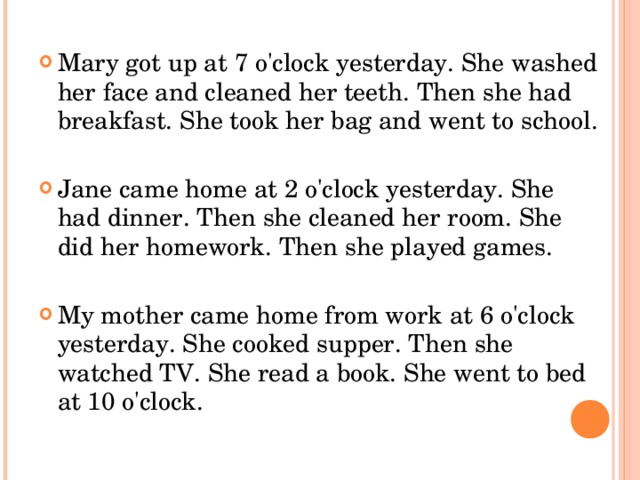
One of the first investors in Instagram was Chris Sacca. The history of this investment deserves attention.
Late one evening in the Dogpatch Labs co-working space, Systrom was writing code in the light of his laptop, trying not to be distracted by an entrepreneurial pitching event in progress. A man named Travis Kalanick was talking about a company called UberCab that made an app to summon luxury cars.
The project was supposed to officially start in San Francisco next year. One of the guest investors at the event was Chris Sacca (he ended up investing in Uber). Detailed History of Chris Sacchi:
Chris ran into Kevin Systrom at Google (they both worked there) and approached him to see how he was doing and what project he was working on. They arranged to meet at a cafe nearby, where Systrom showed off an app with square photos, then called Codename.
Systrom's pitch convinced Chris, first of all, his decision to enter the project was influenced by Systrom's offer of exclusivity (he took only three investors).
On July 16, 2010, the first photo of the app, later called Instagram, was posted.
This post is from Instagram*. According to the requirements of Roskomnadzor, we cannot show it
*Meta, which owns Instagram, is recognized as an extremist organization on the territory of the Russian Federation
Jack Dorsey, co-founder of Twitter, became the first Instagram Ambassador. He was so taken with the idea that he tried to convince Evan Williams, CEO of Odeo and co-founder of Twitter, to buy the app from Systrom. The deals department valued Instagram at $20 million, but Williams has spoken out against the purchase. He did not believe in the success of the product.
Williams' refusal gave Dorsey an additional reason to use the app to prove to his partner that he was wrong. Dorsey began to actively use the social network, sharing pictures from there with his 1.6 million followers on Twitter.
Dorsey's last Instagram post was dated April 9, 2012. After the announcement of the takeover of Instagram by Facebook, Dorsey deleted the app and never used it again.
After the announcement of the takeover of Instagram by Facebook, Dorsey deleted the app and never used it again.
Growth Instagram
If Facebook was about friendship, Twitter was about opinions, then Instagram is about experience and feelings, and anyone could be interested in the visual experience and experiences of another person anywhere in the world.
The book explains Instagram's success as follows:
- Proper launch time (the rise of smartphones with cameras).
- Simplicity (Occam's razor).
- Recognizability (MAYA principle).
By the end of 2010, more photo-sharing apps hit the market, including PicPlz, Burstn, and Path. In December, Andreessen Horowitz, a firm that previously invested $250,000 in Instagram, invested $5 million in PicPlz.
Systrom was furious. The fact that you are doubted is a powerful motivator. Kevin redoubled his efforts to look for ways to scale the application.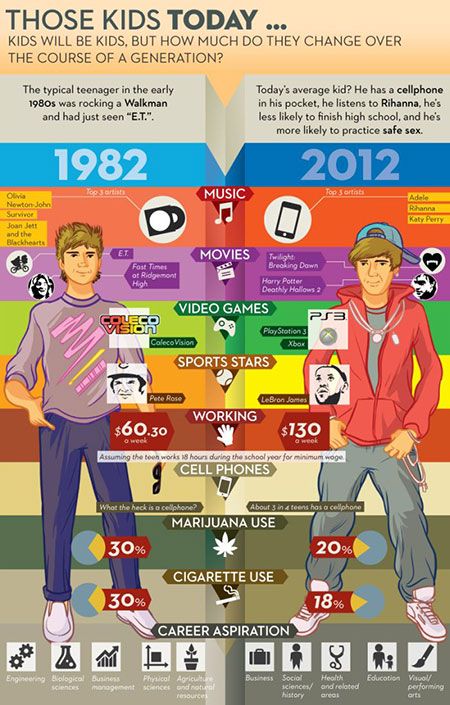 This is how the idea of InstaMeet appeared - offline meetings of service users.
This is how the idea of InstaMeet appeared - offline meetings of service users.
Instagram received the greatest growth due to celebrities who started an account on the social network. The first major star on Instagram was rapper Snoop Dogg, who is also the first to advertise on the service tagging the Blast drink.
Snoop Dogg's Instagram account
As Ziegler wrote for TechCrunch at the time:
- Step 1: Get a ton of users.
- Step 2: Get brands to use your service.
- Step 3: Get celebrities to use your service and promote it.
- Step 4: mainstream.
Snoop Dogg moved the service to the third step.
By the beginning of 2011, Instagram had significantly surpassed PicPlz in terms of the number of users. Angel investors Jack Dorsey and Adam D'Angelo talked Systrom into raising a new round. Round A was led by the Benchmark fund with a $20 million premoney valuation worth $7 million.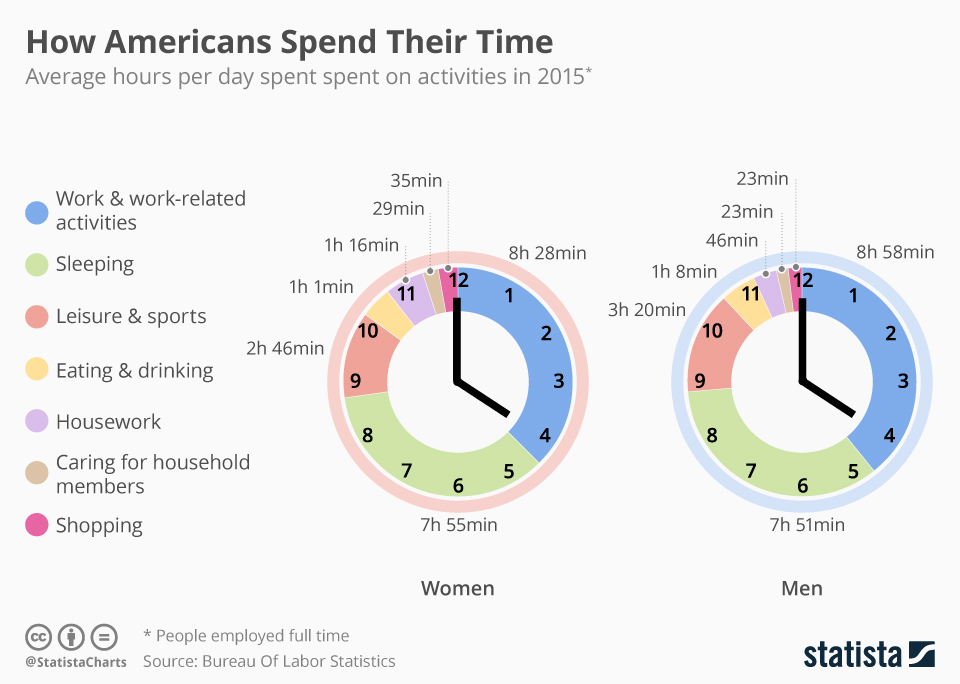
The team at that time consisted of four people. She tried to release updates to the application so often that writing descriptions for them became hard labor. Instagram engineer Sweeney came up with the then overarching description that is used in most updates today: "Bug fixes and performance improvements."
By the summer of 2011, Twitter had 100 million users, Facebook had more than 800 million, while Instagram had only 6 million, but it reached this mark twice as fast as other social networks. Growth accelerated after the arrival of Justin Bieber on the platform, the number of subscribers to the account grew by 50 people per minute.
Justin Bieber Instagram account
Many people wonder why Instagram can't "retweet" someone else's content. In fact, the "Share Post" button was on Instagram from the very beginning of , but Systrom never introduced it to the public. Kevin insists that on Instagram, when you follow someone, you expect to see that person's content — how they see the world.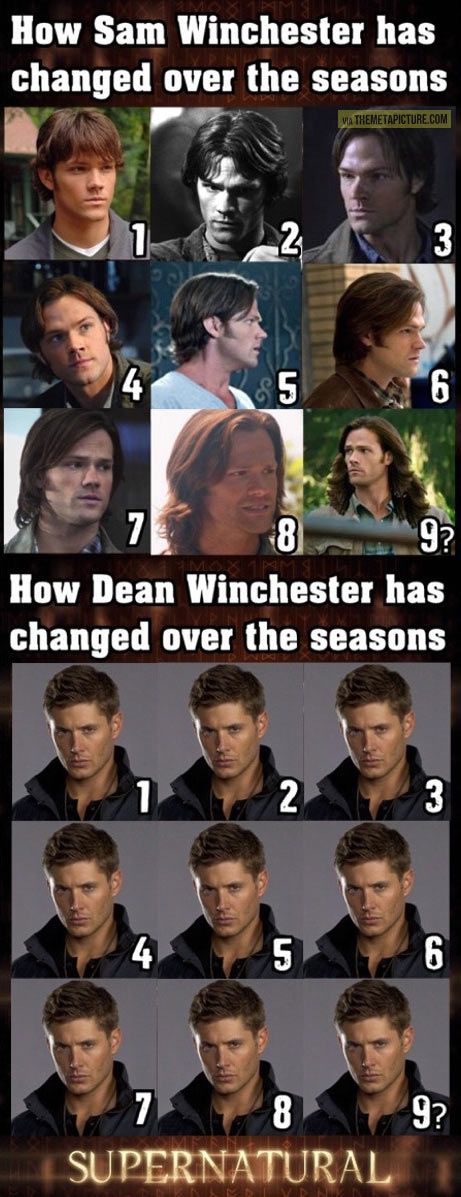
By September 2011, Instagram's audience exceeded 10 million users, and a queue of investors lined up at the company's office. Jared Leto, Ashton Kutcher and other celebrities dreamed of becoming Instagram investors.
Ashton Kutcher won a dispute with CNN in 2009 that his Twitter account would be the first to reach 1 million followers. He understood that he was creating great value for the company without getting anything in return.
He was very different from other stars. When Kutcher saw a new trend, he sought not only to use it, but also to make decent money. So he became an investor in companies such as Uber, Airbnb, Spotify and Instagram competitor Path.
But his money rates and media exposure did not attract Sistrom - the founder of Instagram did not take the money. And Kutcher was one of the first in an endless line of advisers to propose a “re-gram” button similar to “retweet” on Twitter or “share” on Facebook. But Systrom remained adamant, not accepting any money, not listening to advice.
Twitter attempts to buy Instagram and deal with Facebook
In total, Twitter made three attempts to buy Instagram.
In 2010, Dorsey approached Williams (Twitter CEO in 2010) to buy the service for $20 million, but he thought it was too expensive.
Already in 2011, the Twitter merger team came up with an offer to buy Instagram for $80 million, but Dick Costolo, the new CEO who replaced Williams, turned down the deal, deeming the price too high.
Neither Williams nor Costolo understood the fundamental importance of Instagram and the concept of a photo-centric social network. But the history of Twitter's popularity began with a photograph. In 2009, Twitter became a worldwide sensation with a picture of a plane sinking in the Hudson River:
http://twitpic.com/135xa - There's a plane in the Hudson. I'm on the ferry going to pick up the people. Crazy.
Flight 1549 became a legend - the film "Miracle on the Hudson" was even made based on this story.
Watching the rise of Instagram, Twitter strategist and acquisition manager Elad Gil suggested that they try buying Instagram again.
“Instagram has made posting photos as easy as possible. What if the next miracle was captured on Instagram and not on Twitter? Jill thought.
Twitter was willing to offer 7-10% shares for Instagram. Systrom's valuation would thus be about $500 million.
In early April 2012, Instagram closed Sequoia Capital's B round with a $50 million investment at a $500 million valuation. Systrom decided not to take the money from Twitter.
On the morning of April 9, 2012, Systrom assembled a team to announce that Facebook was absorbing Instagram — with an estimate of $1 billion. The number of users of the social network at that time was 30 million people.
How did the deal between Instagram and Facebook
When Zuckerberg heard that Instagram was raising a $500 million valuation round, he realized that Systroma could become a big threat in the future. The founder of Facebook had something to fear: in 2008, he offered to buy Twitter to Williams, who said he would agree to $500 million, but then backtracked. And over time, Twitter became a competitor to Facebook.
The founder of Facebook had something to fear: in 2008, he offered to buy Twitter to Williams, who said he would agree to $500 million, but then backtracked. And over time, Twitter became a competitor to Facebook.
In 2006, Zuckerberg himself was offered to sell Facebook for $1 billion - the offer came from Yahoo. Then he went against the board of shareholders and rejected the offer to buy. Zuckerberg was in Systrom's place and believed he understood him and offered him independence within Facebook. Instagram's valuation was 1% of Facebook's shares.
Facebook's $100 billion valuation surprised Zuckerberg. He believed that it would be difficult for the company to show capitalization growth, and that the inflation of valuations itself could create a bubble.
In 2013, venture capitalist Eileen Lee coined the name for billion-dollar startups, unicorns. At the time, there were 37 of them. When she wrote an update on these rare beasts in 2015, there were 84 of them.
By 2019, there were already several hundred. But if it's a bubble, it hasn't burst yet.
Instagram's acquisition structure, where a company is not bought for integration, set a precedent in technology mergers and acquisitions in a world where giant companies grew and small companies like Instagram looked for an alternative to monster competition or death.
Facebook's willingness to give companies within itself autonomy helped Zuckerberg make otherwise impossible deals with stubborn founders. Especially in 2014 with the WhatsApp messenger and the virtual reality company Oculus VR.
Financial details of the purchase Instagram
Only three employees were on Instagram long enough to buy their quarter of the shares and convert them into Facebook shares at a lower price. Everyone else did not extract any wealth from Instagram shares.
Systrom and Krieger, on the other hand, received life-changing sums. Krieger owned 10% and Systrom 40%. At the original price of the deal, they made a net profit of $100 million and $400 million, respectively.
At the original price of the deal, they made a net profit of $100 million and $400 million, respectively.
A Facebook executive later reflected on the relative importance of the deal: imagine an alternate reality where Microsoft buys Apple while Apple is still a small company. It would be an incredible event for Microsof t . This is exactly what happened with Facebook and Instagram.
What motivated Zuckerberg during the deal
He was not intimidated by the $1 billion valuation and was indifferent to the fact that Instagram had no business model. Making money, according to Zuckerberg, is possible only when the network is strong enough and is of such value to users that neither advertising nor other actions can scare them away.
The key to the dominance of Facebook and Instagram was the network effect, the momentum gained as the network grew and the time network users began to spend on the group's apps. Any fast-growing social network was a threat to Facebook's network effect and the time users stayed on it.
Facebook's job was to prevent anyone else from catching up. Zuckerberg instilled this value in his employees, ending meetings with the staff with an unambiguous rallying cry: “Domination!”.
And there were indeed signs that Instagram was moving towards a winner-take-all position. His growth accelerated. Today, Facebook remains the world's dominant social network, with over 2.8 billion users across multiple social and messaging apps. The main driver of his income growth is Instagram.
Analysts would later say that the approval of this acquisition was the biggest failure of regulators in a decade.
The Instagram deal was approved near a historic low in shares. The final price for Instagram in cash and stock was fixed at $715 million rather than the $1 billion that made the headlines.
Facebook's attempt to buy Snapchat, post-deal changes to Instagram and Instagram Stories
Zuckerberg did not plan to stop buying Instagram and methodically looked for new Instagrams. When welcoming Systrom to the company in 2012, he wrote to Snapchat founder Evan Spiegel.
When welcoming Systrom to the company in 2012, he wrote to Snapchat founder Evan Spiegel.
As soon as they met, Zuckerberg dropped the flattery and turned to threats. Throughout the meeting, he told Spiegel that Snapchat would be crushed by Facebook unless they found a way to work together.
Zuckerberg was about to launch Poke, an app that allowed people to post disappearing photos, just like Snapchat did. He was not afraid to completely copy the product and was ready to use the full power of Facebook to succeed.
When Poke launched in December 2012, Zuckerberg immediately demonstrated the power of Facebook support. Poke has broken into the top 3 free apps on the App Store for iOS. From the next day, Poke's rating began to drop. The threat turned out to be empty. Spiegel pulled out of the Facebook deal.
Instead, in June 2013, he raised $80 million from VCs who valued Snapchat at more than $800 million—in less than two years, with no income, and just 17 employees.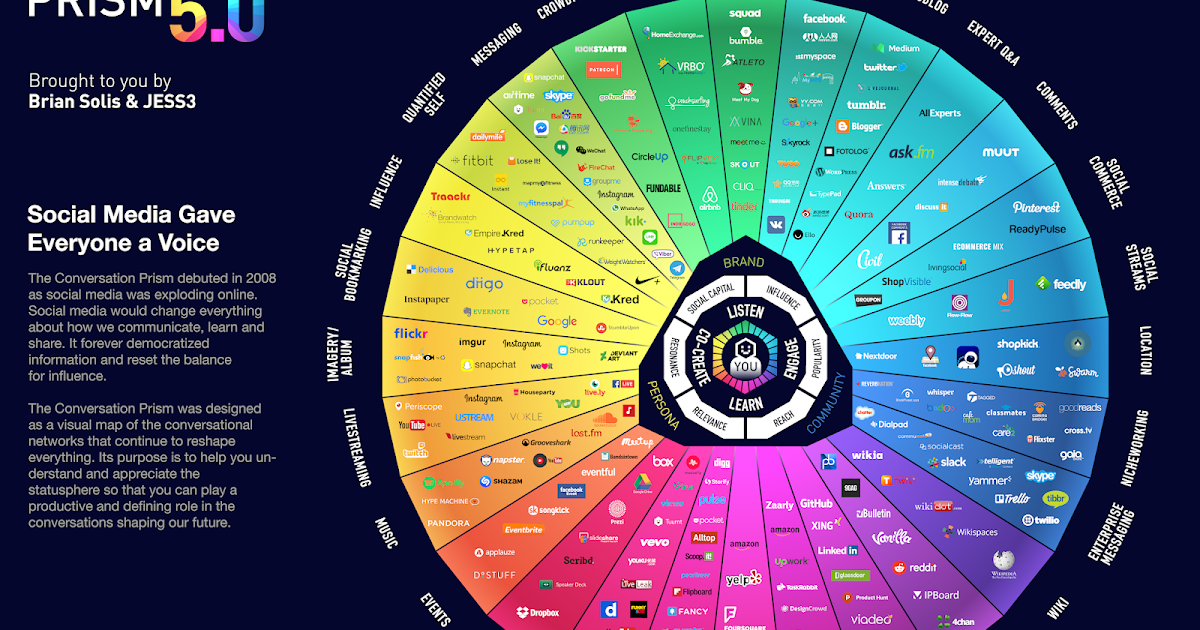
In 2013, Facebook bought mobile analytics service Onavo. The deal went off without a hitch, as the instrument was not a flashy consumer product. For Facebook and its team, the acquisition was of the utmost importance.
Now they knew not only the names of the apps people were having fun with, but also how long they were using them, which app screens they spent time on, and so, for example, they could know the difference between Snapchat Stories and other Snapchat features. This allowed them to see which competitors were on the rise, even before the press knew about it.
Ironically, perhaps using Onavo's data on Snapchat's exponential growth, it was Systrom's business assistant, Emily White, who made the decision to move there as COO.
Zuckerberg worried that Facebook was losing relevance in the confrontation with Snapchat. He launched three initiatives:
- In December 2013, Facebook hosted a three-day hackathon, an event focused solely on coding new app ideas.
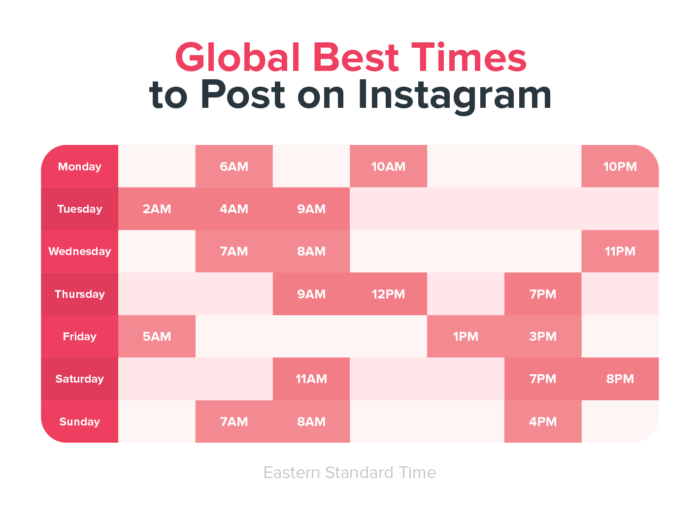 It kicked off a brand new initiative from the company called Creative Labs, which will be their in-house startup accelerator. About 40 ideas sprang from it, but none of them were much more successful than Poke, which eventually closed.
It kicked off a brand new initiative from the company called Creative Labs, which will be their in-house startup accelerator. About 40 ideas sprang from it, but none of them were much more successful than Poke, which eventually closed. - A division of internet.org whose goal is to provide Internet access to the largest possible number of users.
- Purchase interesting applications using Systrom as a shield. WhatsApp has become such an application. Systrom told Jan Koum about his work with Zuckerberg over dinner and convinced Jan to make a deal. Perhaps, almost more than Systrom, Kuma was convinced by money. When the deal was announced, everyone on Instagram was shocked again. The price was staggering - $19billion
Instagram changes
Shortly after the deal, Facebook began to degrade the experience of Instagram in competitors' apps. In December 2012, they disabled the display of Instagram photos in the Twitter feed.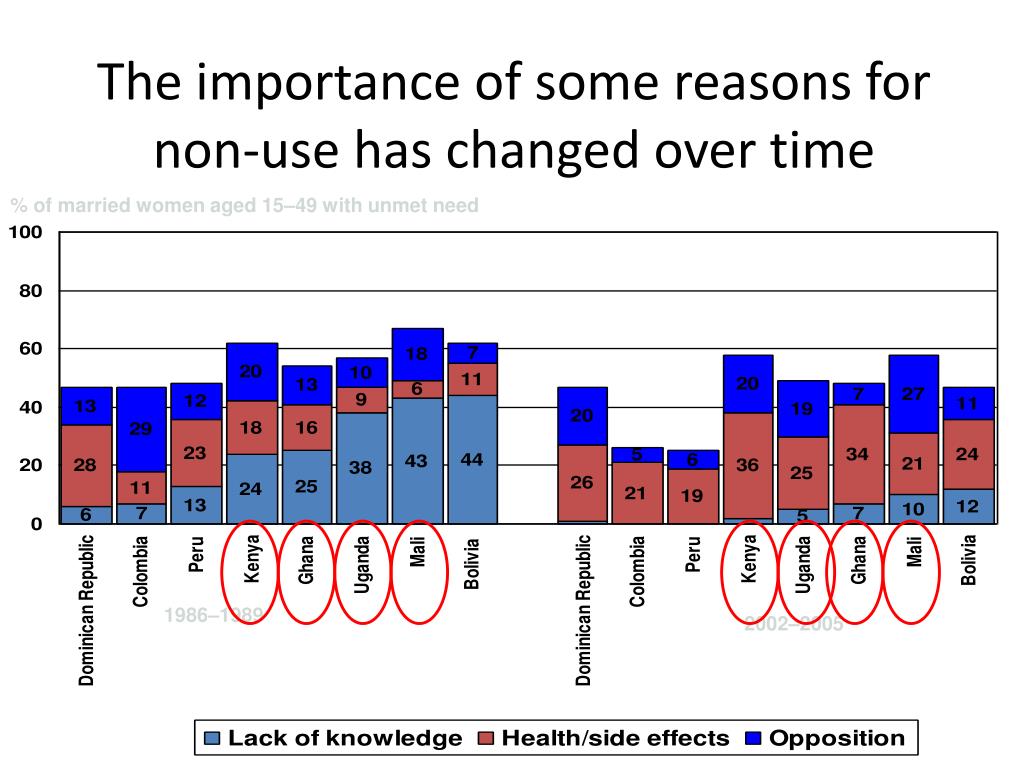 Then users complained on Twitter, deciding that something was broken.
Then users complained on Twitter, deciding that something was broken.
Meanwhile, Systrom, along with business assistant Emily White, articulated the mission of Instagram and the company's values. That's the mission they came up with: "To capture and share the moments of the world." The team came up with three theses about the values of Instagram:
- Community first. This meant that all their decisions had to be geared towards keeping Instagram users happy, not faster business growth. An excessive number of notifications would violate this principle.
- "Simplicity matters." Before releasing new products, engineers had to consider whether they were solving a particular user problem, whether changes were necessary, and whether they would complicate the application.
- Inspire Creativity. Instagram will make the app an artistic outlet, educating users and highlighting the best of them through an editorial strategy, focusing on content that was authentic and meaningful.

Zuckerberg tried to get closer to Systrom, went skiing with him, but during this outing they realized a key contradiction between them. Systrom was competitive, but the most important thing for him was always to do his best . Zuckerberg, on the other hand, was determined to do everything better than anyone else .
In 2014, Instagram finally overtook Twitter in terms of popularity, gaining 300 million users.
Instagram's strength was in its simplicity, limitations, lack of a share button, and video. Since Instagram did not have the ability to share other people's content, the social network could not quickly respond to the news. Instagram was more about people, what they want to present to the world, and whether others found them interesting, creative, beautiful, or valuable.
Beautiful pictures on Instagram were a means to an end - to win the understanding and approval of the rest of society, expressed through likes, comments and even money, giving users a small piece of power over their own destiny.
With more users than Twitter and almost a third of Facebook's users, Instagram managed less than 200 employees, compared to 3,000 on Twitter and more than 10,000 on Facebook. According to Zuckerberg, these 200 people should have raised $1 billion in 2015.
Developing, Instagram changed the reality for itself. Thousands of new stars appeared, people began to try to show in the photo life more beautiful than it is. The race for getting into the recommendations has begun, a lot of software has appeared for automatic account promotion.
National Geographic wrote about how Instagram is changing travel: the number of visits to Trolltunga, a photogenic rock in Norway, increased from 500 in 2009 to 40,000 in 2014.
As the number of network problems grew, so did the number. Automatic promoted accounts, bots, negative comments. Instagram first took the bot problem seriously in December 2014. As soon as they decided that the technology was ready, they deleted the accounts that they did not consider to be created by real people - all at once. Millions of Instagram accounts have disappeared.
Millions of Instagram accounts have disappeared.
Justin Bieber lost 3.5 million fans, while Kendall and Kylie Jenner lost hundreds of thousands. The number of subscribers of the rapper from the 90s Maze fell from 1.6 million to 100 thousand - apparently embarrassed, he soon deleted his account altogether.
Instagram launched its first ad on November 1, 2013. Michael Kors, the brand the team worked with, was allowed to post a photo to the @MichaelKors account and then pay to have it distributed to people who weren't followers of the brand.
In preparation for monetization, the social network finally allowed the upload of rectangular photos and began to seriously engage in analytics of how users use the application. The analytics opened our eyes to the fact that Instagram has set a very high target for downloadable content. This bar was set by the perfectionist Systrom.
But Systrom's vision was not shared by Instagram users either. Many teenagers had separate accounts - "finsta" (finsta - fake Instagram, or "fake Instagram"). They were more of a real Instagram account, as it was where users could say what they thought and post unedited photos.
They were more of a real Instagram account, as it was where users could say what they thought and post unedited photos.
Through research, Instagram realized that Snapchat Stories has become the new popular way to document everyday life: waking up, wandering around school, being bored, hanging out with friends - all activities that fall short of the level of an Instagram post.
“Instagram,” the teenager explained one evening, “is going to be the next Myspace.”
Regular people only used the platform to see what the pros were doing and created fewer posts of their own, only posting if a photo met some very high bar of importance or quality. To answer the new challenge, Instagram launched a "Paradigm Shift":
- Added the ability to switch between accounts.
- Allowed to upload multiple photos in one post.
But the "paradigm shift" in the opinion of the employees was more of an evolution, not offering radical innovation. There was a need for radical steps.
There was a need for radical steps.
Thanks to Zuckerberg's perseverance, Instagram was able to achieve a record revenue growth rate and raise $1 billion just 18 months after the first announcements.
The shadow of Snapchat on the horizon was becoming clearer and the need for a Stories analogue became apparent. Systrom remained steadfast. “We will never have stories,” he said. “We shouldn’t, we can’t, it doesn’t fit with what people think and post on Instagram.”
Systrom didn't take the idea of Stories seriously, as he saw how Facebook's attempts to copy a successful product failed one after another. But analytics and personal experience of visiting the "red carpet" showed Systrom that Stories has a huge potential for self-expression.
A couple of months before the launch of Stories, Facebook made one last attempt to buy Snapchat by making an offer through Imran Khan, the company's chief strategy officer.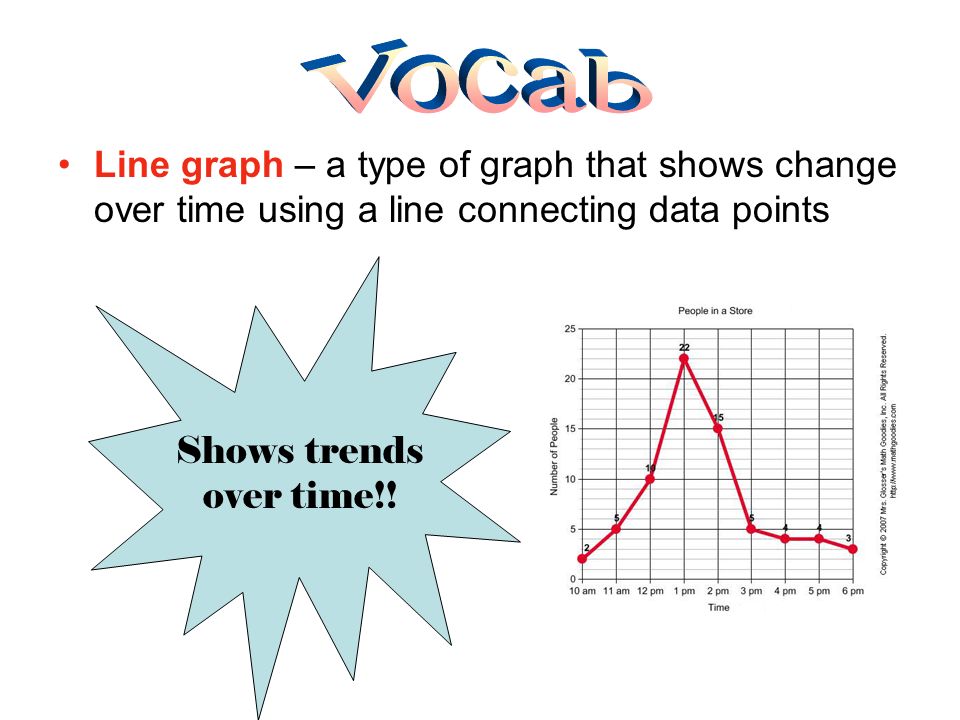
The Instagram team was going to launch Stories for all 500 million users at once. They called it the Yolo launch, which is YOLO's acronym for "you live only once." While most launches on Facebook were tested on 1-2% of the audience. Spiegel knew nothing about this. Neither did Systrom know about Zuckerberg's negotiations to buy Snapchat.
A couple of days before the launch, Zuckerberg called Spiegel and mentioned that he knew about Snapchat's talks with Google and was willing to offer more. Spiegel replied that he was not negotiating, but if they were, he would call Zuckerberg. Spiegel did not call.
On the day Stories launched in August 2016, the entire team gathered at Facebook headquarters around 5:00 am. The success of the product was evident from the very first day. The rapid growth in the use of Stories showed that the product hit the mark. Snapchat no longer had a strategic advantage.
Cannibalization
The growth of Instagram has made Zuckerberg paranoid.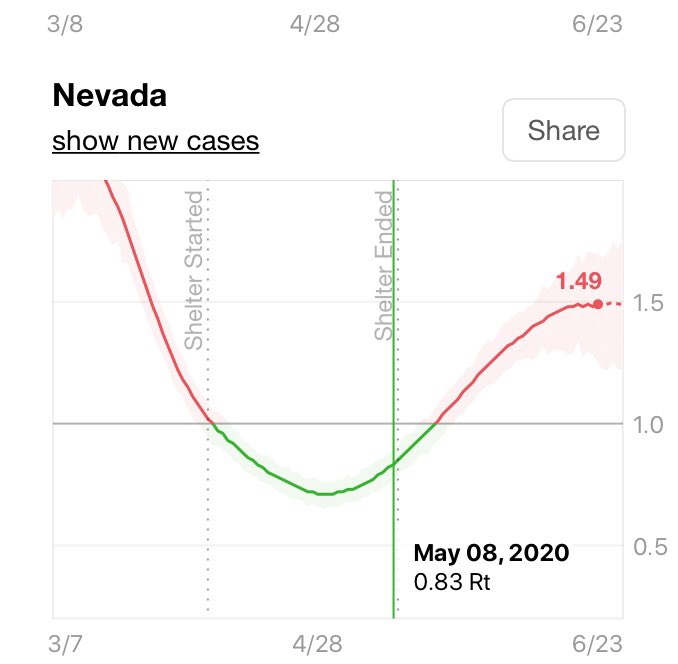 He commissioned a study whose results suggested that the growth of Instagram over the next six months would lead to a cannibalization of Facebook traffic.
He commissioned a study whose results suggested that the growth of Instagram over the next six months would lead to a cannibalization of Facebook traffic.
Looking at the graphs for future years, one could see that if Instagram continued to grow and steal users' time from Facebook, its growth could go to zero or, even worse, the social network could begin to lose users.
Zuckerberg's executive order at the end of 2017 was hardly noticed by users. He asked Systrom to embed a permalink to Facebook into the Instagram app. On his own network, from the navigation bar for products such as "Groups" and "Events", Zuckerberg removed the link to Instagram. Thus began the era of Instagram pessimization by Facebook.
Zuckerberg planned for Instagram to focus on finding new audiences outside of the Facebook network. Here's what happened next:
- Instagram ads have disappeared from the Facebook feed.
- Instagram photos were now uploading as new Facebook photos without a link back to the account.

Instagram growth has slowed significantly. Systrom had to make concessions to increase the number of notifications from the application and switch to Facebook's unified product development metrics. In the spring of 2018, Systrom took parental leave, and in September, on the day he returned from vacation, he announced his resignation. With Mike Krieger.
So the founders of Instagram left the company, and Zuckerberg won again.
In the summer of 2018, Instagram broke the bar of 1 billion users. The place of the head of Instagram went to Adam Mosseri (former head of the Facebook news feed).
What cultural heritage has Instagram shaped
JAMA Facial Plastic Surgery, published by the American Medical Association, published an article in 2017 called "Selfies - Life in the Age of Filtered Photos". It noted: "These filters and edits have become the norm, changing the perception of beauty in people around the world." Instagram has intermingled personal life with brand marketing at an unprecedented level.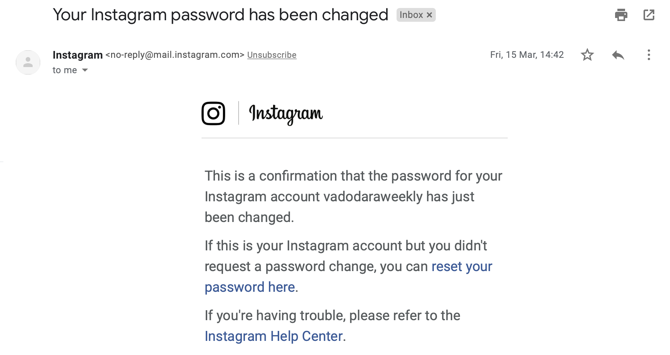
The Instagram account modeled the behavior the company wanted to see in the app, and ads and influencer economies reinforced this effect. Instagram has spurred the development of personal brands, stimulated the travel market and influenced the interest in places that look beautiful in photos.
Businesses have sprung up that appeal to the visual experience, be it the interior, the look of the food, or immersive design. At the Ice Cream Museum, which opened in New York City in 2016 and has gone on to San Francisco, Miami and Los Angeles, visitors queue to take pictures while diving into a pit filled with colorful splashes of candy, inedible, made from antimicrobial plastic.
At the Eye Candy selfie factory in Toronto, for the price of a ticket, people can take photos in one of a dozen rooms, such as one where they look like they're relaxing with champagne on a private jet, or one where they can pretend they're in Japan during cherry blossom season.
At Meow Wolf in Santa Fe, New Mexico, the setting is more surreal.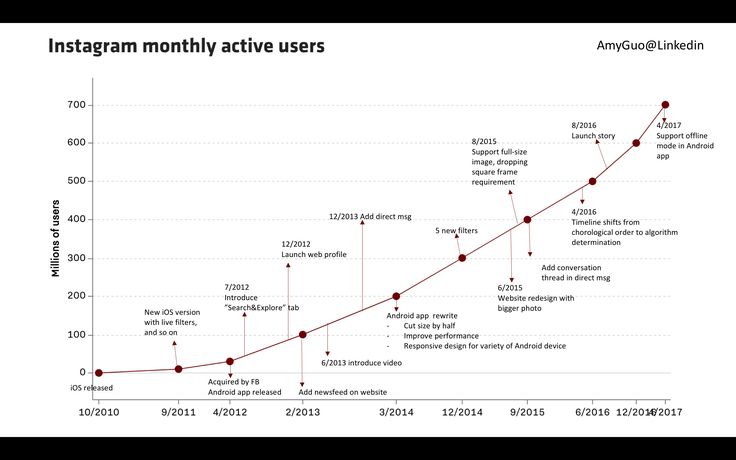 Billing itself as an experiential art collective, Meow Wolf invites visitors to walk through a forest of neon trees or dive into a clothes dryer.
Billing itself as an experiential art collective, Meow Wolf invites visitors to walk through a forest of neon trees or dive into a clothes dryer.
Instagram is faced with a bunch of businesses geared towards automating promotions on Instagram. Activity chats, like chats, giveaways — these types of cheating on social networks are still being fought, introducing tools for automatic comment moderation and cutting off bot accounts.
Talking graphics to illustrate Instagram story
Instagram audience growth from 2013 to 2018
Instagram users in Russia
1074 million Instagram users for 2021
500 million users Stories
Social media in retrospect
Instagram has established itself in the top five most popular social media, but its growth has slowed significantly.
New challenges are fraught with TikTok, which managed to collect 689 million active users in 5 years.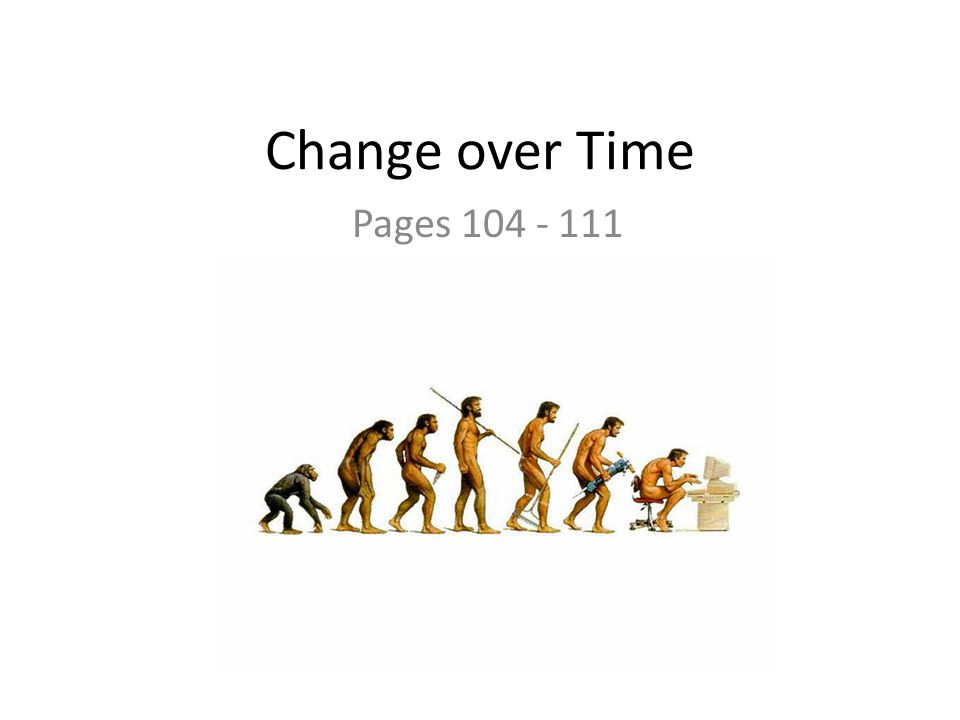 The full power of the Facebook army is deployed to slow down the growth and spread of TikTok.
The full power of the Facebook army is deployed to slow down the growth and spread of TikTok.
We will see the results of the confrontation in the coming years.
Both the speed at which TikTok is growing and the fact that it overtook Facebook in 2020 in terms of time spent on the app is impressive. User time and attention is the main currency behind the success of the Facebook empire.
90,000 Instagram is changing the wrong way | Notes from a MarketerIf you liked the column, subscribe to my blog here on vc.ru, to my Instagram account (after reading the book I decided to take it seriously) or to the Belousov Loudspeaker Telegram channel. In it, I write about gadgets, trends, business and publish abstracts of interesting business books.
In the past two or three months, I haven't paid as much attention to anything in my Monday emails as Instagram. In my defense, I will say that no one has given so many reasons to write about himself.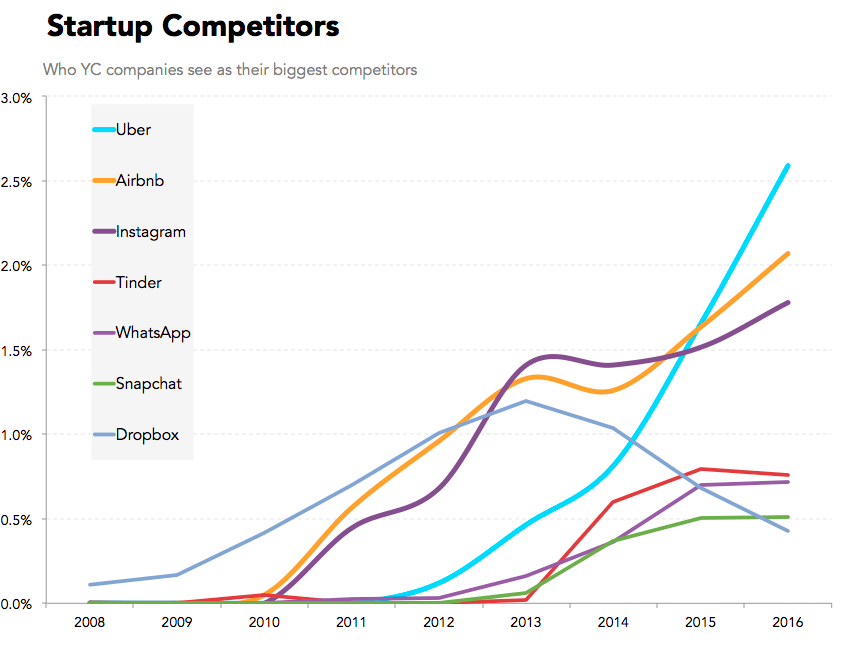
Either the application introduces monetization tools for bloggers, or it starts hiding likes, or it includes ads in Reels.
But nothing has caused such a stormy and at the same time negative reaction from the public as the statement of Adam Mosseri - the head of the service - that Instagram will turn from a photo application into an entertainment application.
And this negative reaction is very justified.
Not the first Instagram update
Before criticizing the app, we have to be fair: this is not the first major Instagram update.
Recall that the service started out as a filter application. Users posted photos created on Instagram not in the feed, as they do now, but on Twitter. Already using the Twitter graph, the application has grown and turned into a social network.
Since then, Instagram has introduced more than one major update. They were met in different ways.
Mosseri said that Instagram is no longer a photo sharing app.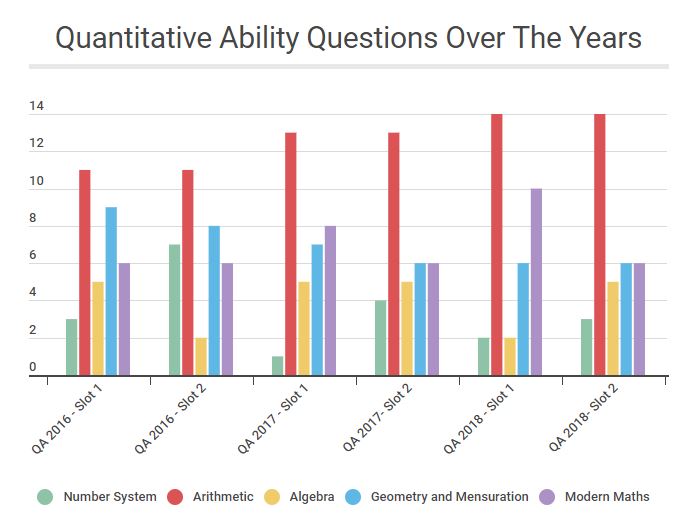 So it hasn’t been like that for a long time: Instagram videos appeared in 2013 and users liked the format. The Stories format, brazenly stolen from Snapchat in 2016, has become the most popular part of Instagram in general.
So it hasn’t been like that for a long time: Instagram videos appeared in 2013 and users liked the format. The Stories format, brazenly stolen from Snapchat in 2016, has become the most popular part of Instagram in general.
Users didn't like algorithmic feed and IGTV. Chronological issuance is still required by users. IGTV, as it was, still has one and a half users.
But despite all the updates, while Facebook was decrying everything, Instagram grew steadily and it seemed that no one could stop it. Except for Instagram itself.
Wrong turn
Everything would be fine if not for TikTok. Launched in 2017, TikTok has taken off at an incredible pace.
Do you think VKontakte is the most popular app in Russia? Well, at least Instagram. Here and there - TikTok. In it, users spend the most time - 17.4 hours a week. VKontakte has 16 hours a week, Instagram has 9.4 hours.
Source: App Annie
Germany, France, USA, Canada - the same story everywhere.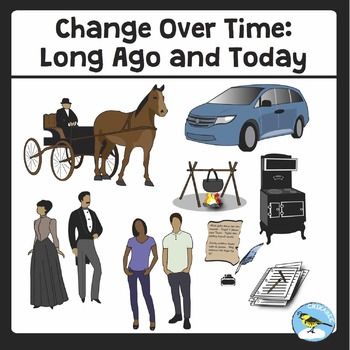 Let TikTok not outperform its competitors in terms of the number of users, but it definitely outperformed in terms of the time spent in the application.
Let TikTok not outperform its competitors in terms of the number of users, but it definitely outperformed in terms of the time spent in the application.
Realizing where everything was going, in a panic, all applications began to saw their TikTok: YouTube, Snapchat, VKontakte. And, of course, Instagram.
To promote Reels, as well as shopping, Instagram redesigned the app's tabs. The button for creating publications and the activity tab went to the top menu, and Reels and Shop appeared in their place.
An opaque hint from Instagram: We're more interested in you consuming content than creating it.
The people didn't like it.
First, everyone was pissed off that Instagram was forcibly pushing services into them that no one had asked for. “No one buys through Instagram” and “Stop copying other apps” are common messages.
Second, Instagram didn't do what users were asking for. Didn't create proper tech support, didn't add a timeline option, didn't make a native app for tablets.
Up to this point, all experiments, although not hidden from users, did not fundamentally change the experience. What can not be said about the replacement of tabs.
As it turned out, this was only the beginning.
Entertainment app issues
On June 24, Instagram launched a test. Posts from accounts to which users are not subscribed were mixed into the feed. On June 30, Adam Mosseri announced that Instagram will focus on four areas in its development:
- tools for bloggers;
- videos;
- purchases;
- messaging.
User reaction? Same as with tabs multiplied by ten.
Changes are coming to video on Instagram 📺
At Instagram we’re always trying to build new features that help you get the most out of your experience. Right now we’re focused on four key areas: Creators, Video, Shopping and Messaging. pic.twitter.com/ezFp4hfDpf
— Adam Mosseri 😷 (@mosseri) June 30, 2021
Instagram seems to have gone astray and is incredibly afraid of TikTok.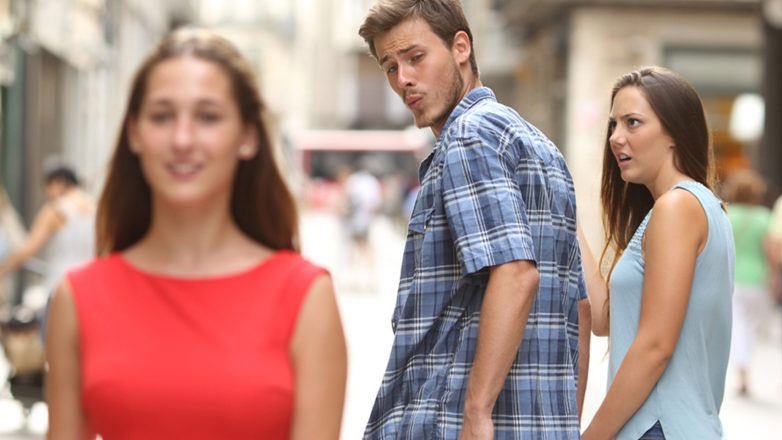 Watching how TikTok tears everyone and everything with one function, Instagram is trying to take not quality, but quantity. Here you have the feed, recommendations, stories, short videos, long videos, entertaining videos, shopping - just sit in the application longer.
Watching how TikTok tears everyone and everything with one function, Instagram is trying to take not quality, but quantity. Here you have the feed, recommendations, stories, short videos, long videos, entertaining videos, shopping - just sit in the application longer.
And this strategy has at least three problems.
1. Instagram solves its problems
Many changes are not solving user problems, but solving platform problems.
From the mailing list about the app's new focus:
As Mosseri explained, the focus on content creators is a consequence of the fact that power is no longer held by institutions, but by individuals. Video is the main growth engine for all platforms (read TikTok and YouTube) and Instagram wants to jump on the train before it leaves the station. E-commerce is a consequence of the pandemic, which has accelerated the transition from offline shopping to online shopping.
Instagram sees the rise of the creator economy and wants to capitalize on it.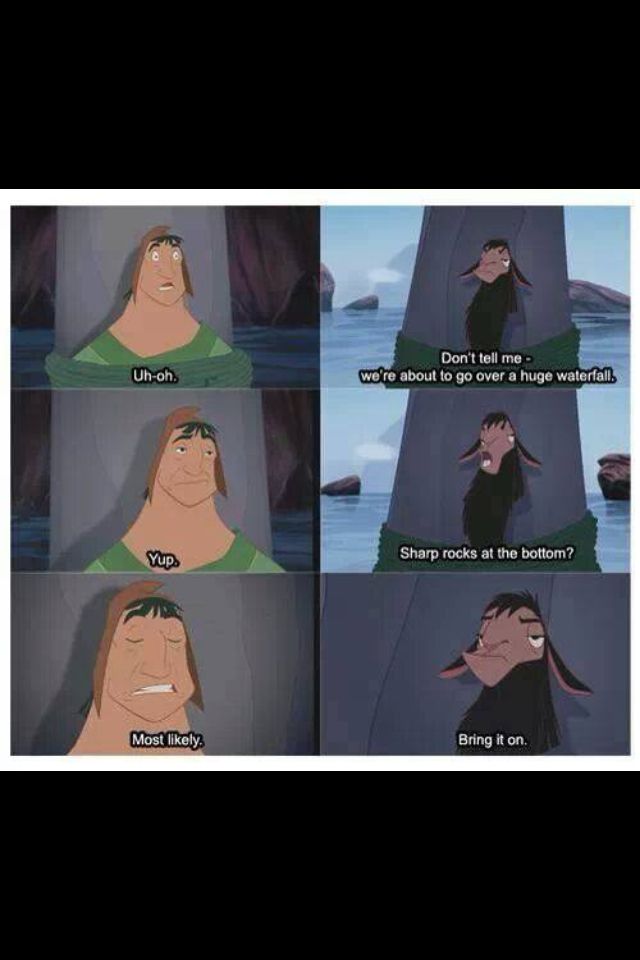 Instagram sees that video content consumption is growing and wants to increase the amount of video content on its platform. Instagram sees the growth in the contribution of e-commerce to retail and wants to be a part of it.
Instagram sees that video content consumption is growing and wants to increase the amount of video content on its platform. Instagram sees the growth in the contribution of e-commerce to retail and wants to be a part of it.
It's great that the business wants to make money. But the company approached earnings from the wrong end.
Imagine that you manufacture furniture and sell it on your website. You have 100 units of products, but only 10 are sold. Should you increase the assortment to 1000 units, figure out why those 90 are not sold or improve 10 hits?
I would choose between the second and third options, but definitely not the first. Instagram chose the first option.
2. The main thing for Instagram users is their friends
Think back to when you downloaded Instagram for the first time. Why did you download it and register in it? I'm guessing if I say that for the sake of posting your pictures/videos and seeing pictures/videos of your friends?
We did not download YouTube and TikTok for this purpose.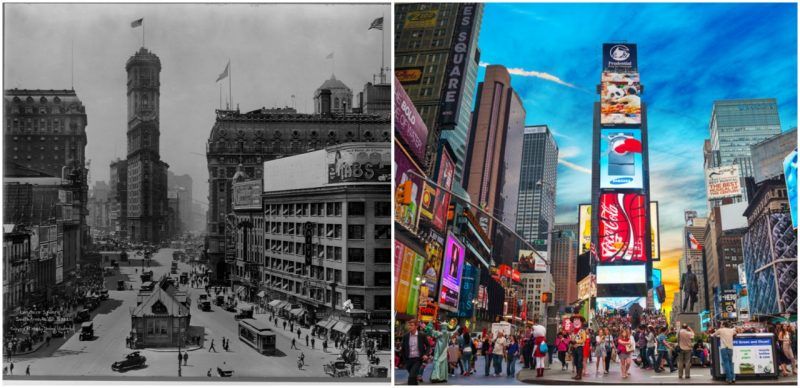
As I wrote in the mentioned newsletter:
Entertainment is a loose concept. Only bloggers can entertain me, but not my friends? I don't have any evidence for this, but I'm sure that the vast majority of people would continue to use Instagram if all bloggers disappeared from it. And they would leave Instagram if friends disappeared from it.
By filling your feed with posts that aren't your friends, offering to buy things from friends you aren't, and promoting a service that doesn't have your friends, Instagram isn't focusing on what you downloaded the app for the first time.
Another thing is that the problem lies not only in changing the essence of the application. By filling Instagram with new entities, it is harder for companies to control the quality of content.
TikTok, Pinterest, YouTube spend tons of money and time optimizing their native services. Instagram decided that they needed to be put together at once.
Yes, as the Axios table beautifully demonstrates, everyone copies from everyone.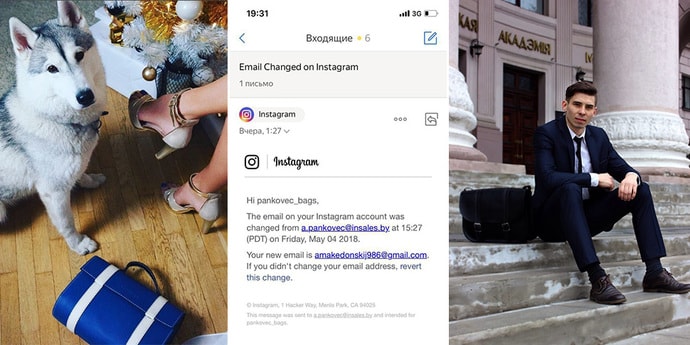 Only the essence of Snapchat or YouTube does not change. Instagram changes one entity to three-five-seven.
Only the essence of Snapchat or YouTube does not change. Instagram changes one entity to three-five-seven.
Instagram wants to be a Swiss Army knife where it's not needed. Users know that the best long videos are on YouTube, the best short videos are on TikTok, the best living room examples are on Pinterest, the best political debates are on Facebook.
Why do they need all this in one application, but in a mediocre performance?
When you go hiking, there is limited space in your backpack. So take the swiss army knife. On a smartphone where a competing app is a tap away, there is no such problem.
3. Instagram can't beat TikTok
Copying TikTok functionality is a piece of cake. No wonder so many have succeeded. What is impossible to copy and very difficult to repeat is the TikTok algorithm.
TikTok is not a social network. It is a derivative of user interests. What the user looks at, what he reacts to, what interests he broadcasts, he will see.
Instagram is a classic social network. It grew and developed on the social, and not on the content graph.
Now Instagram wants to move from one graph to another. There is no certainty that he will be as successful as in the case of TikTok. I would not bet that Instagram will be able to even approximately repeat the success of the Chinese application.
A giant's uncertain future
Instagram has over 1 billion users. This is an incredible amount. Tens of millions of users on the platform for 10 years. Hundreds of millions - 5. Whatever Instagram does, people will not turn around and leave abruptly.
This is about long-term survival. The app still has room to grow. The question now is what will become of this growth after all the changes: will it slow down, accelerate or stay the same?
Nobody knows the answer to this question.
We can only guess. Or the company sees a slowdown in growth and in a panic corrects the situation. Or they see stable growth and want to add fuel to the fire / monetize all new users.




